In today's classrooms, where students come from increasingly diverse backgrounds, communication can break down because of the many languages and cultures at play. That breakdown can really hold students back in terms of learning, integration and overall academic progress if they don't speak the primary language of instruction.
That's where an inclusive learning environment comes in one where every student, regardless of where they come from, can really succeed both academically and socially. When that environment isn't inclusive, misunderstandings, disengagement and isolation can be the result for students who struggle to understand the material or express themselves.
Schools are turning more and more to translation and interpretation devices to help bridge that gap. These tools can make communication between students, teachers and parents much smoother. That way, everyone can participate fully in the educational process without language barriers getting in the way.
Important Applications of Translation Devices in School
Translation devices have many applications in school that can really help with communication and inclusivity.
Parent-Teacher Meetings
Communication during parent-teacher meetings is key to collaboration and understanding between teachers and parents. Translation devices mean parents can participate fully in discussions about their child’s progress, address concerns and work together to support the student’s goals.
School Assemblies and Events
Translation equipment means inclusivity and participation during school assemblies, presentations and special events. By understanding what’s being said, students and parents from different language backgrounds can engage fully and get the most out of these events. Not being able to understand what’s going on can lead to disengagement, boredom and behavioral issues which can be minimized with translation devices.
Guided Tours and Field Trips
School tours and field trips can be really enhanced by using tour guide systems with translation. These devices mean all students, regardless of their first language, can understand the significance, history and context of what they’re seeing. As a result students will enjoy and learn more from these experiences and have a deeper appreciation for the content.
Multilingual Classrooms
In classrooms where students speak many different languages, translation devices can really bring the class together. By offering real-time translations of lectures and discussions, students can follow the class in the language they feel most comfortable with. That helps them learn better and builds a sense of community among multilingual learners. When everyone can communicate effectively, that's when the real learning happens. Translation devices make that possible, no matter where students are from or what language they speak at home.
Benefits of Translation Devices for Schools
Translation devices provide the students with a number of benefits in educational settings such as the promotion of effective communication, the reduction of the fairness gap among students, and the improvement of the overall learning experience, especially for students coming from different linguistic backgrounds.
Improved Communication and Understanding
One of the main positive impacts of these devices is that they act as a bridge when it comes to language barriers, thus helping students to easily comprehend what is being taught, to actively participate in class discussions, and finally, to speak with confidence in their local languages. Consequently, students are able to participate without any hindrances. They can do so confidently and receive minimal or no repetitions due to helpful hearing aids.
Increased Accessibility and Inclusivity
Not only can the visually impaired students follow the teaching process and contribute by using translation devices, but also they can be engaged in all in-class activities. This, in turn, enables them to experience the same learning opportunities as any other students. A good example of inclusive education through the use of technology is that there might be no difference in the educational output between a student who needs a hearing aid and a student who is without a hearing or speaking problem. Both students are considered equal in this case and the visual impairment will not affect anyone due to the availability of translation devices.
Enhanced Educational Experience
Translation technology has the effect of making education more enriching for the students at every level. They are able to easily comprehend the lectures and contribute to the discussions, thus establishing a good understanding of a specific topic. In the end, students are able to ask questions, provide a solution to a problem with their participation thus breaking the language barrier. As they become more familiar with the device, they will be able to switch modes and participate in the learning process fully. Participation might in particular allow them to use the language.
Equal Opportunities for Academic Success
When students study under the auspice of these devices, the pack of goodies is around the corner. The first thing they get is exposure to the classes and by that, they are in the same place with the other students that are in the same class of technology and language prowess as they are. In addition, it makes the environment more equitable, so the students who dare to burst into knowledge, despite their language, can be the champions.
How to Choosing the Right Translation Device for School?
When choosing the right translation or interpretation device for schools, there are several things to consider. First of all, think about the range and make sure the device can cover the whole area where translation is needed, and the audio is clear. As you get to the maximum range, the sound will get fuzzy.
Another thing to consider is whether simultaneous or consecutive interpretation is preferred. Simultaneous interpretation is real-time translation as the speaker is talking, while consecutive interpretation is the speaker pausing to allow the interpreter to translate in the target language.
As for device options, schools have several choices. Bluetooth enabled devices offer wireless connectivity and mobility. Earpieces or headsets can provide a more immersive experience, with options like noise canceling technology to boost audio clarity. FM receivers are another option for larger settings.
Software based translation tools like Microsoft Translator for Education can also be used. These platforms offer real-time translation in multiple languages, and features like live captioning and speech-to-text conversion, making them versatile for lectures, presentations and classroom discussions.
Another cool option is the Timekettle translation earbud, which provides AI powered real-time interpretation in multiple languages, so students and teachers can communicate without any extra bulky device.
For example, Timekettle X1 AI Interpreter Hub provides configurable modes that enhance learning and streamline communication.
Versatile Modes of X1 for Educators and Students
The key advantage of the Timekettle X1 lies in its adaptable modes, perfectly suited for various educational environments.
- One-on-One Mode: Ideal for parent-teacher meetings or supporting individual students with their learning needs.
- Presentation Mode: Displays real-time lecture subtitles, which teachers can easily share via QR codes.
- Media Translation Mode: Converts videos, virtual meetings, and online classes into accessible content.
Fostering an Inclusive Learning Environment

One way to establish a truly inclusive learning environment is to make use of translation tools in educational institutions. Addressing language barriers, these smart tools not only help students from various linguistic backgrounds but are also a means to involve in discussions, participation in lectures, and the various activities offered in a classroom.
It is only through the employment of translation technology that no student is left behind inconvenienced by language difficulties. This means not only understanding of the contents is enhanced, but also offers these learners the platform to give their input by way of their perspectives and ideas which eventually enriches the learning experience of all present.
Further translation devices give students comparable access to study materials, therefore evening out differences that might arise when language discrepancy is the only barrier. The power to read and comment or ask questions during the whole lecture and at the same time having access to the study materials in your own language means that each student can make it no matter the language they are using in their learning journey.
If the truth be told, the adoption of translation technology in schools is the very thing that is the seed of togetherness among diverse student populations. This is done by demonstrations and accommodation of the different language groups that are present in schools. School authorities, who recognize the linguistic diversity found in the classroom, imply that they are welcoming and respecting others in a very strong manner. This type of environment creates not only academic success but more importantly cross-cultural understanding, empathy and diversity celebration.
FAQs
How do translation devices help in multilingual classrooms?
Students can hear lectures and discussions in their own language, understand better and can participate actively in class.
What to consider when choosing translation equipment for schools?
Range, audio quality, ease of use for students and simultaneous or consecutive interpretation should be considered when choosing translation equipment for schools.
Can translation devices be used for school events and assemblies?
Yes, translation devices can make school assemblies and special events more inclusive and participatory by making presentations and activities more understandable for students and parents who speak different languages.
 Talk to Customer Service 1(833) 491-1328
Talk to Customer Service 1(833) 491-1328






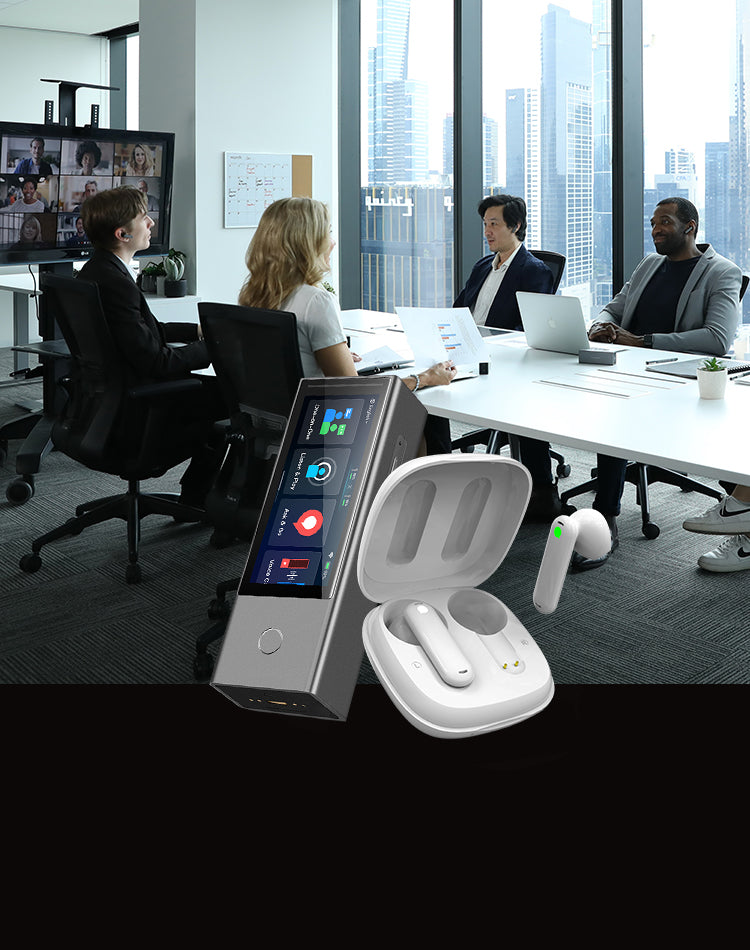
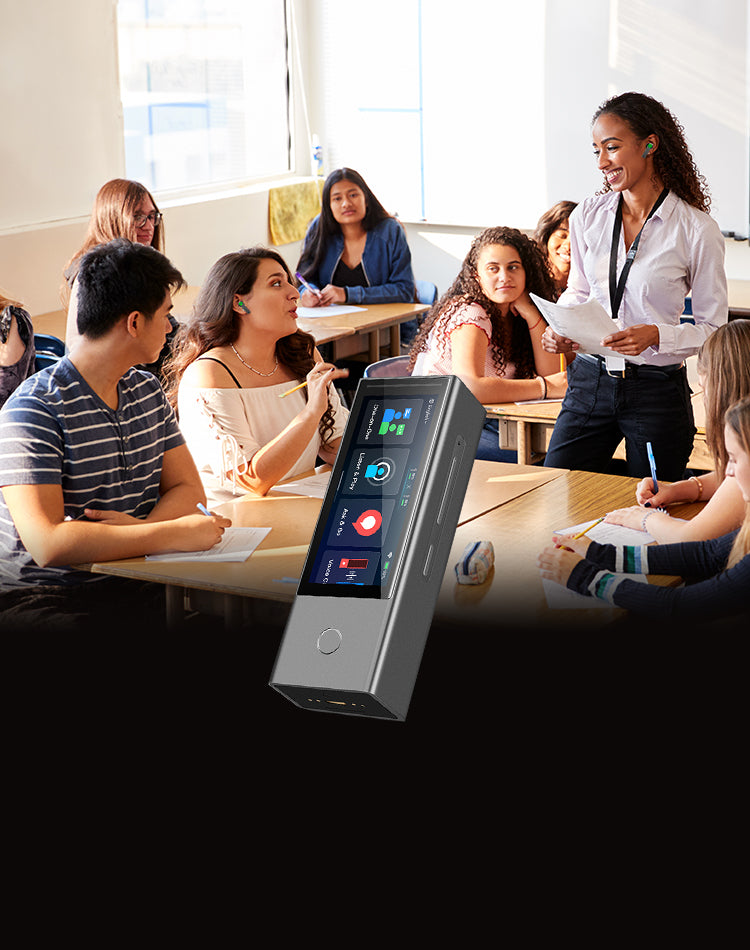




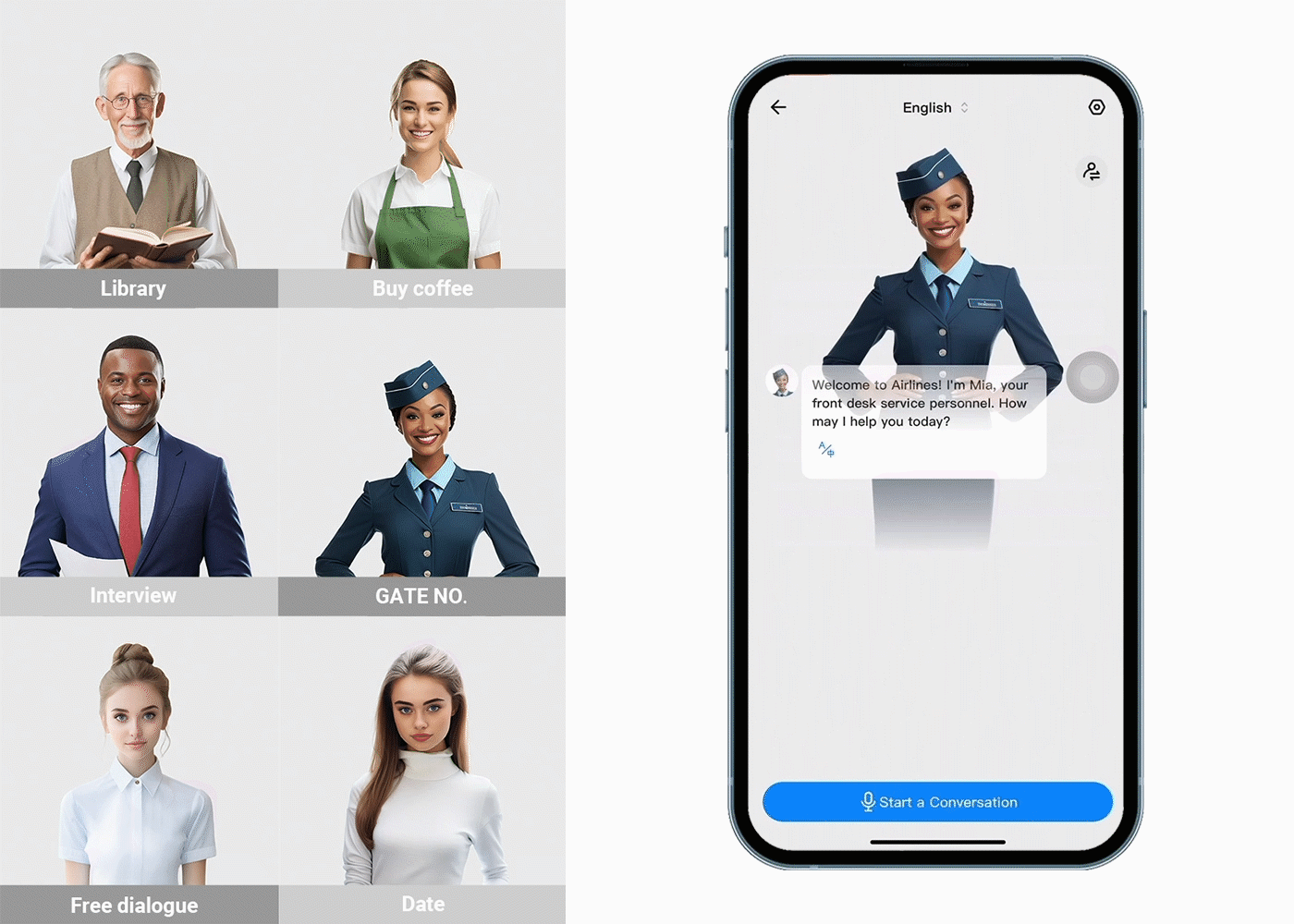





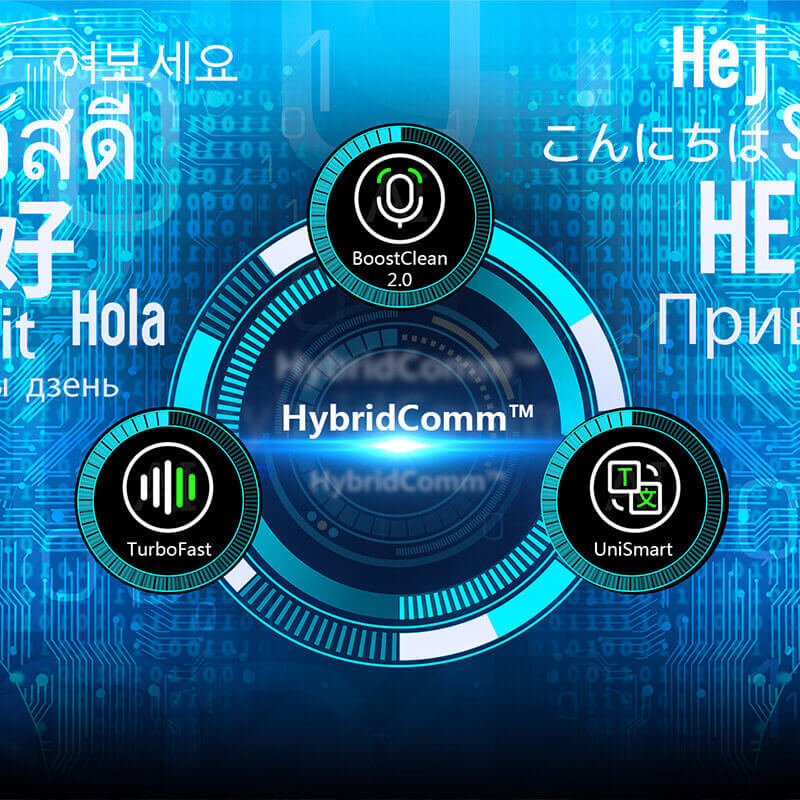


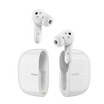


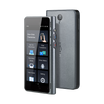


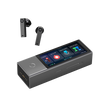


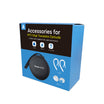




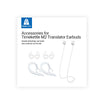



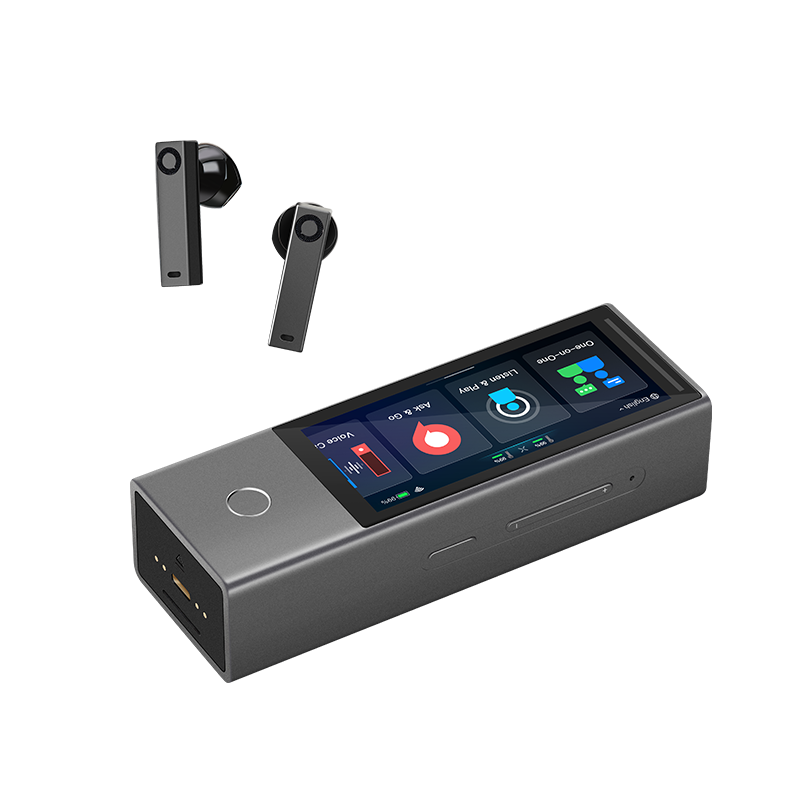

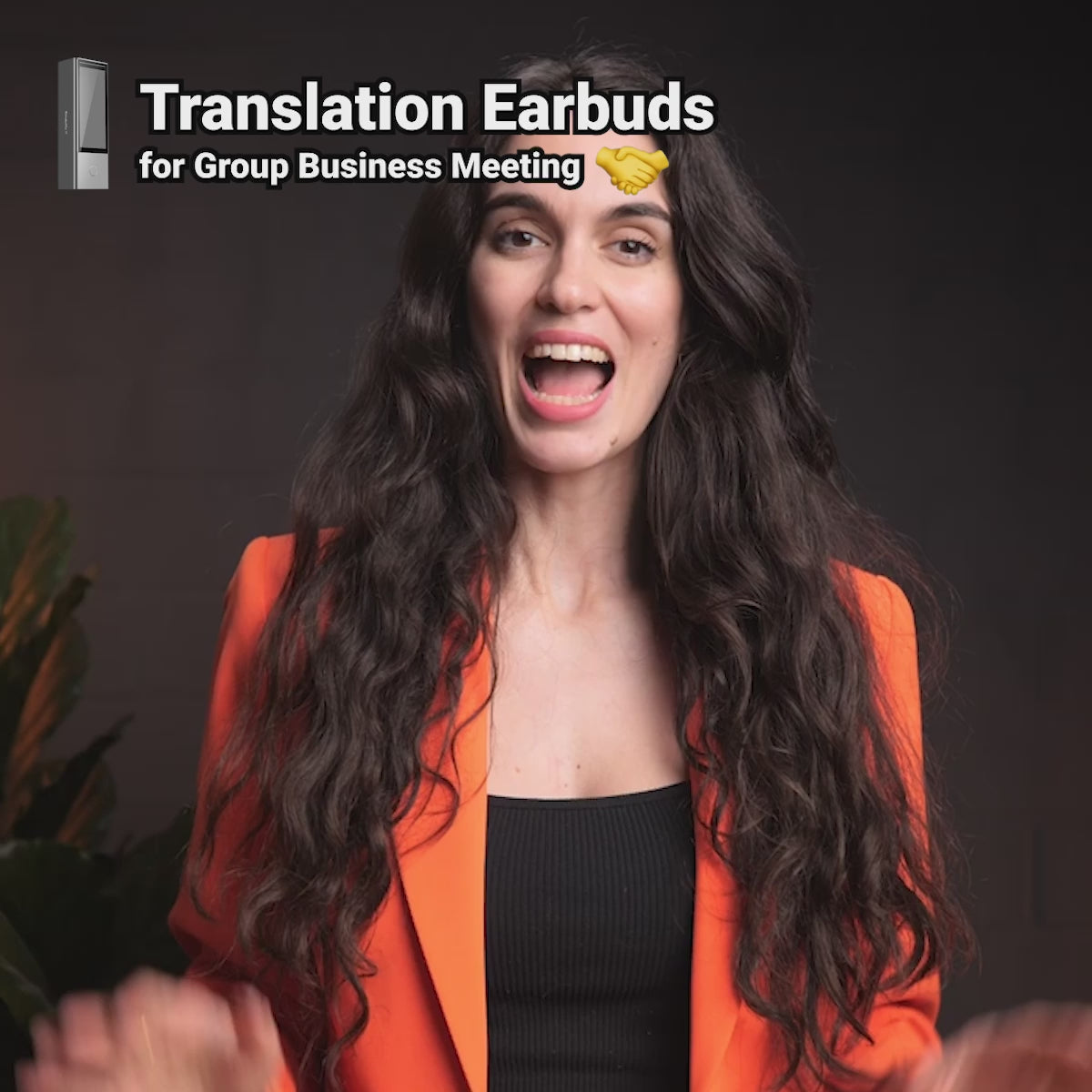
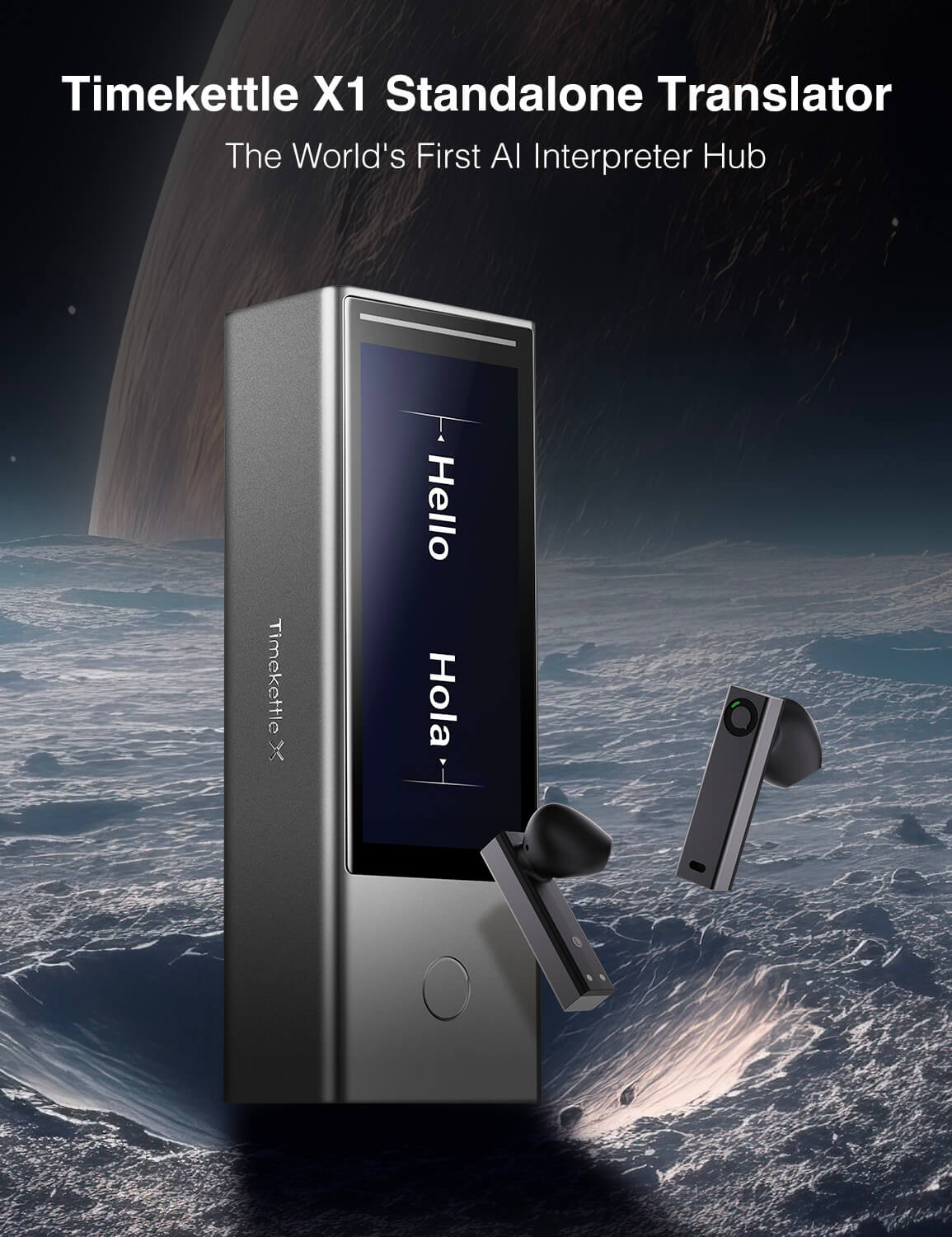
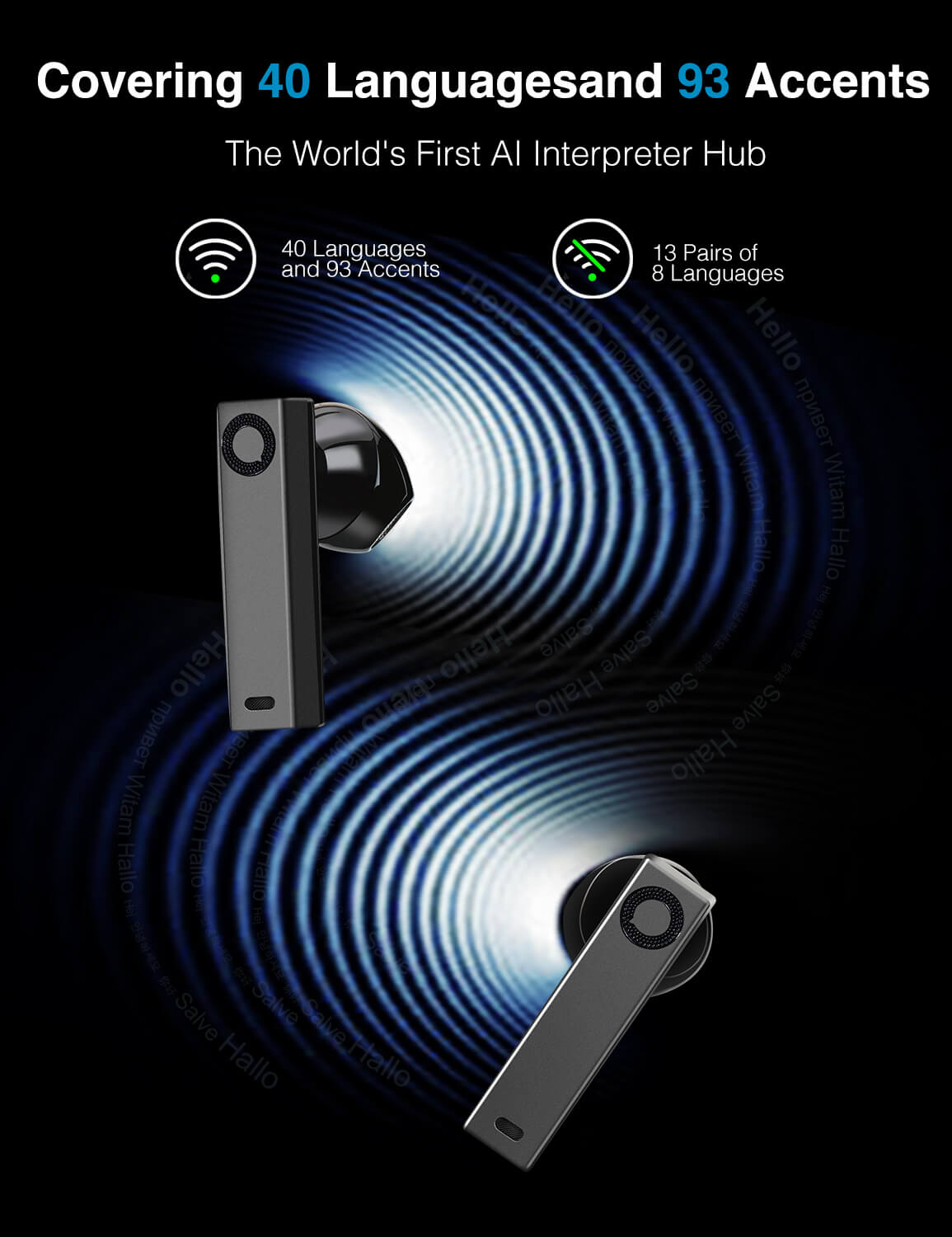
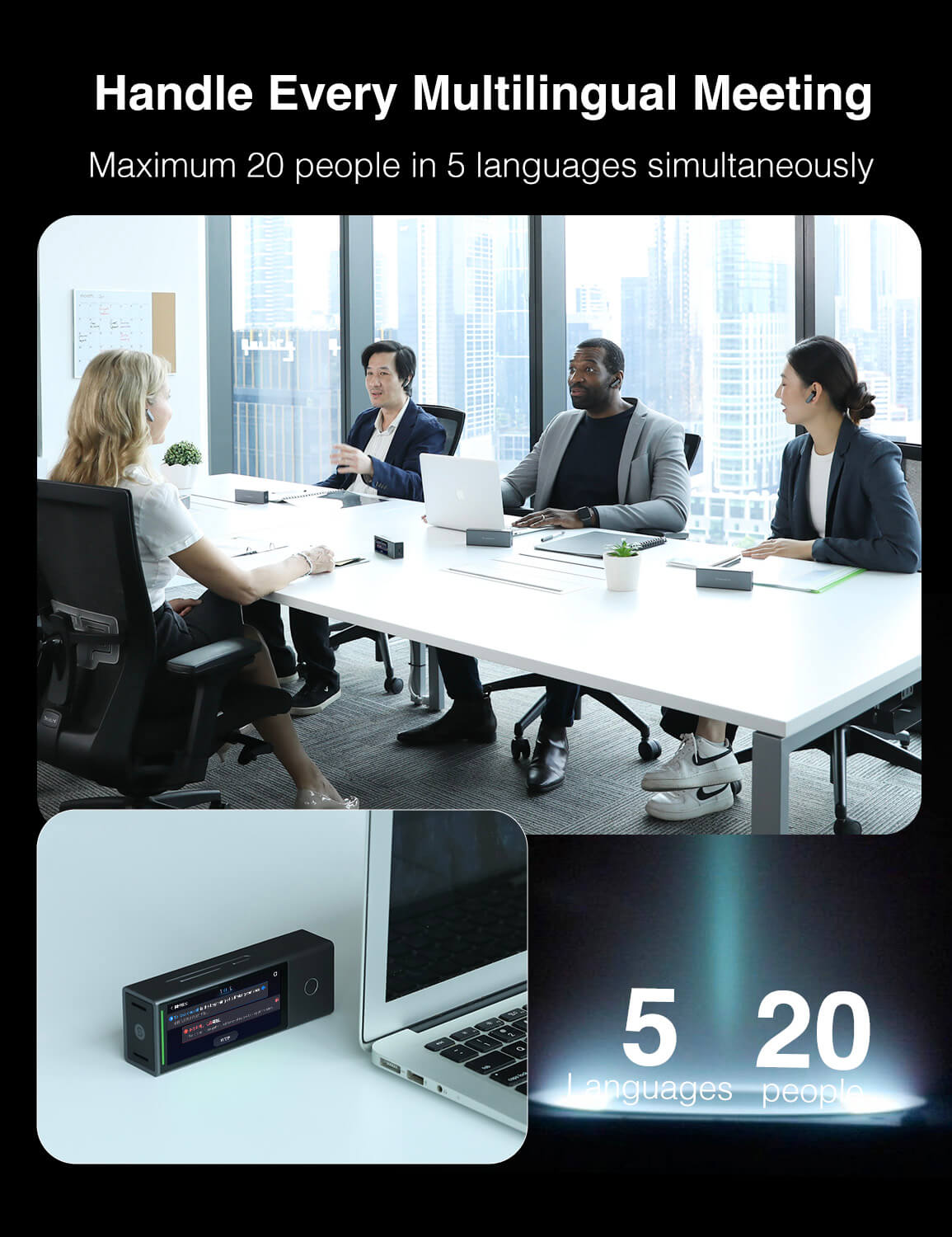
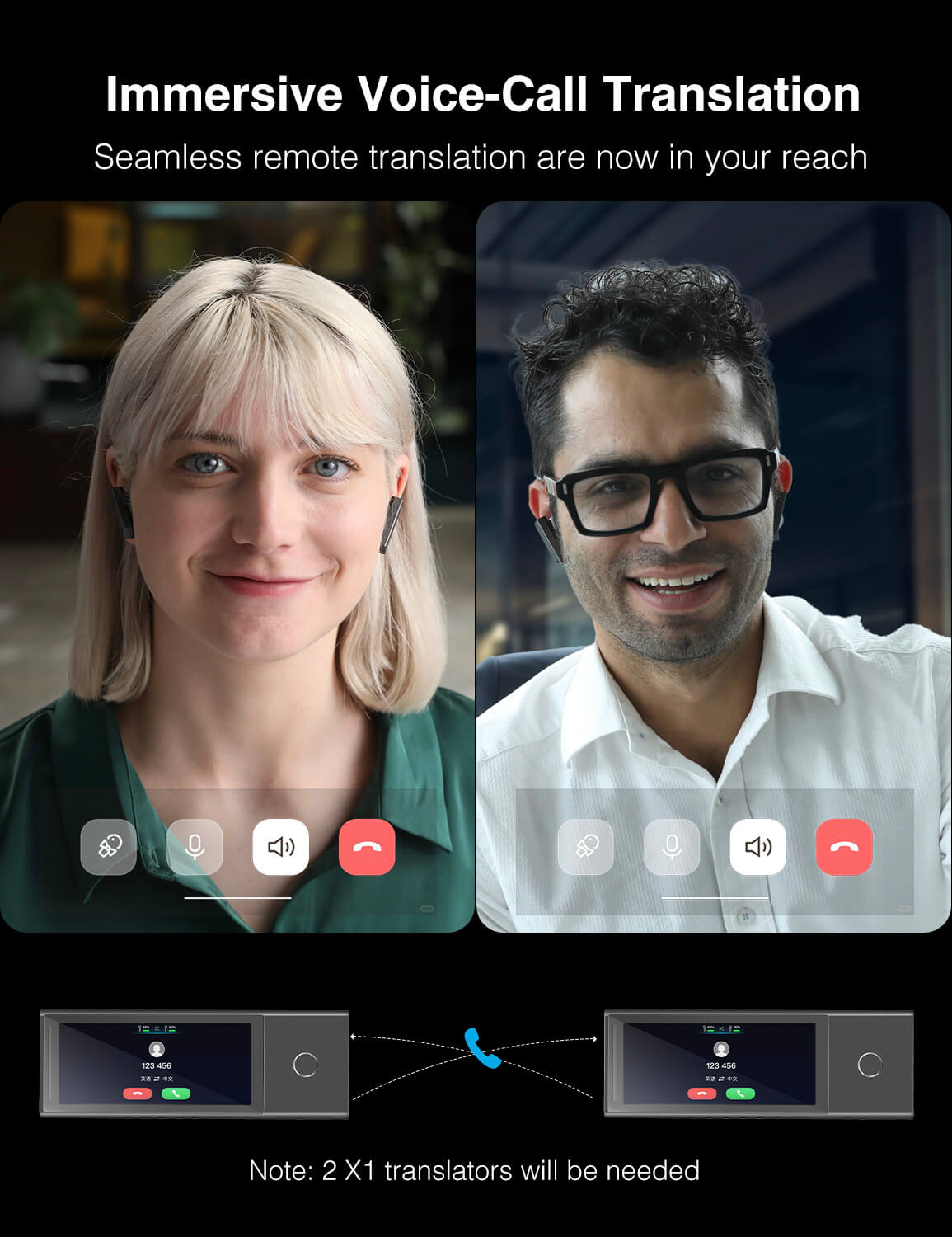
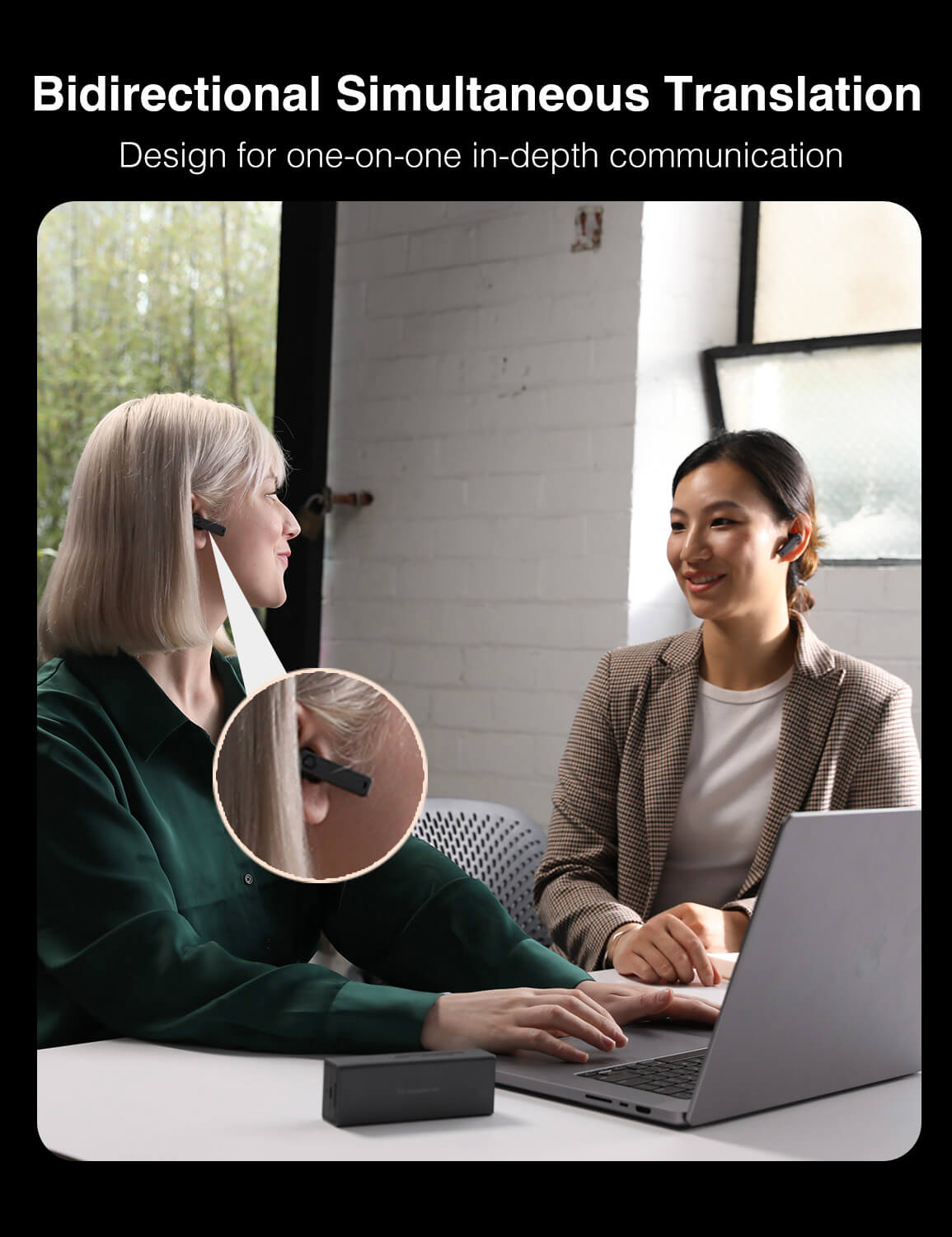

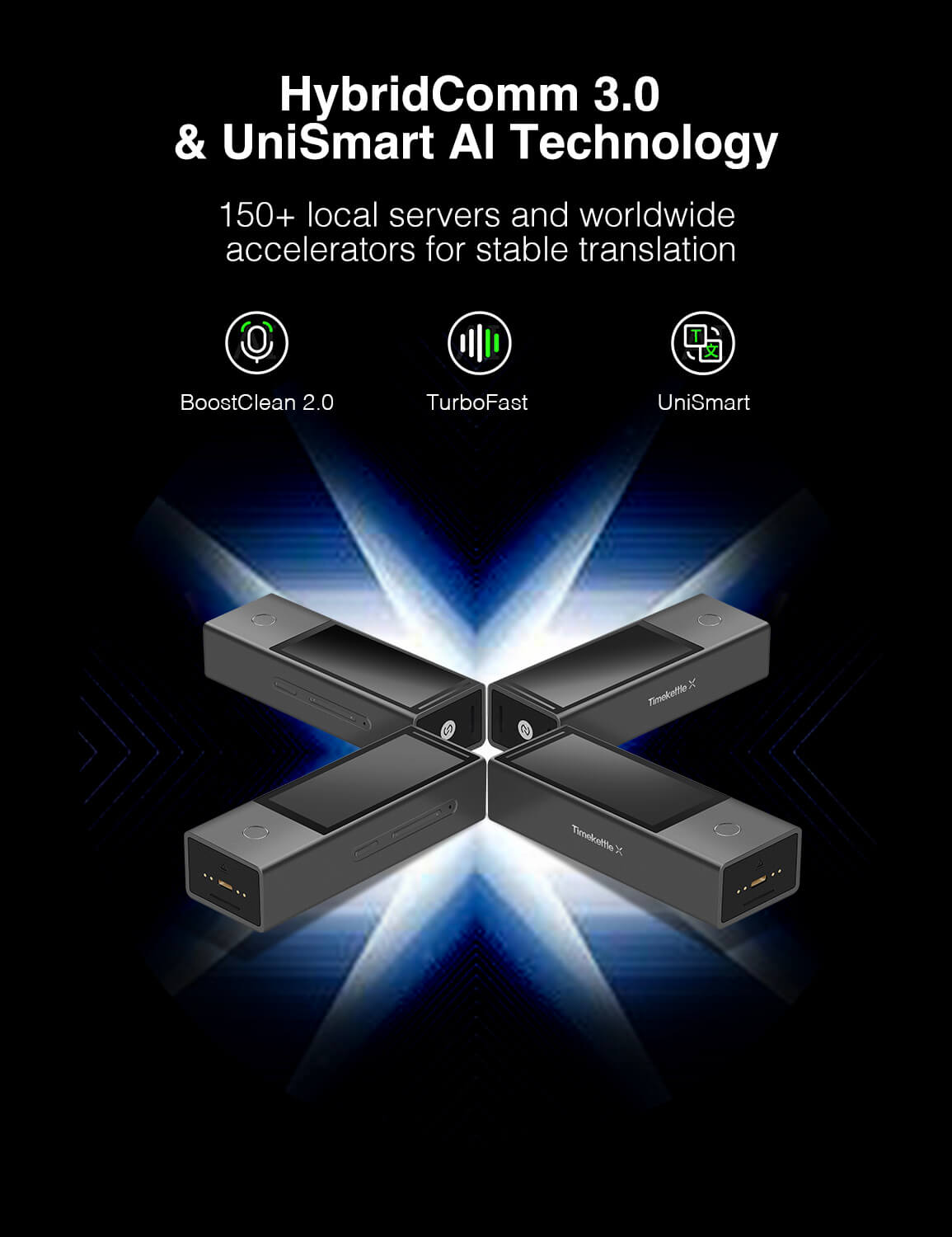




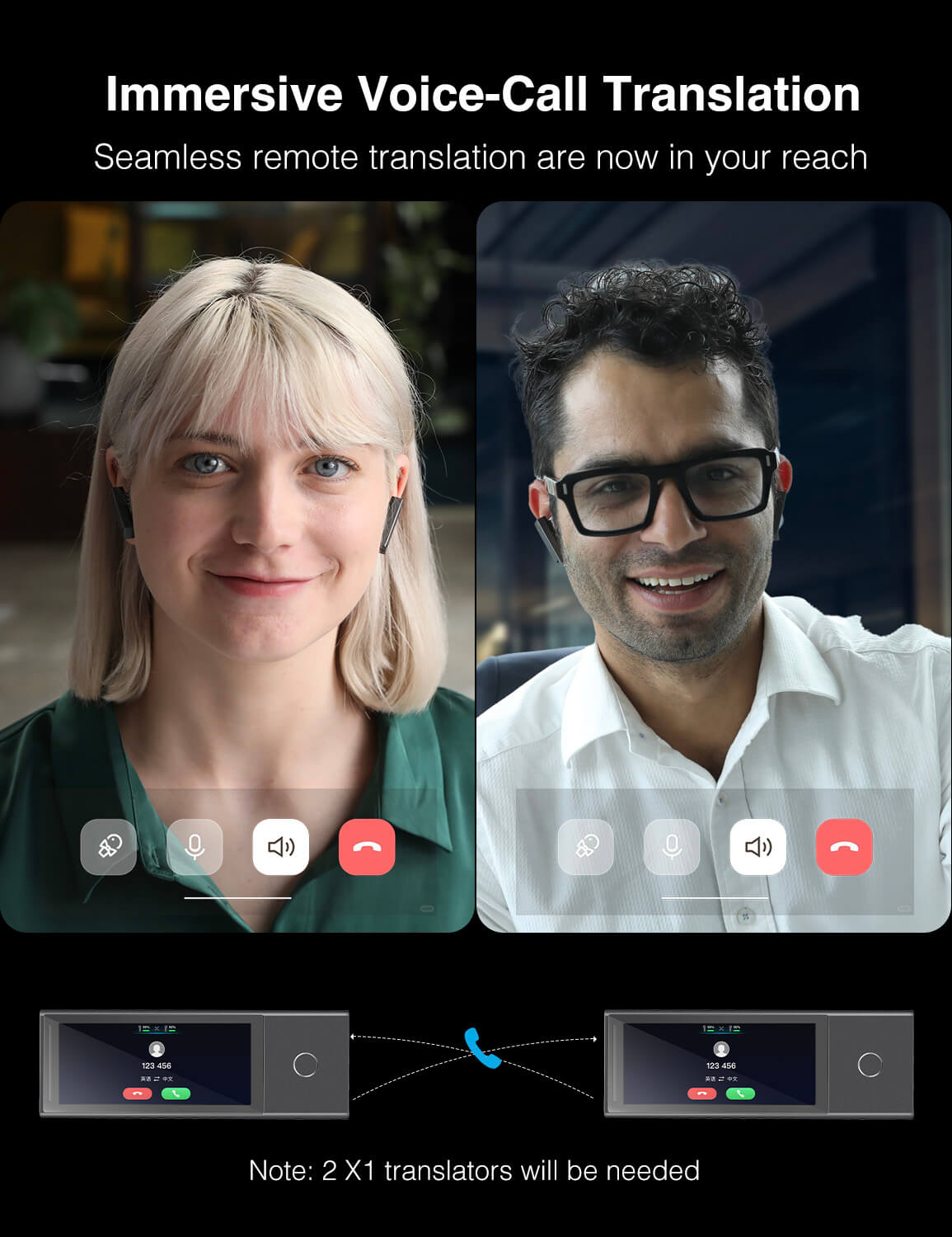
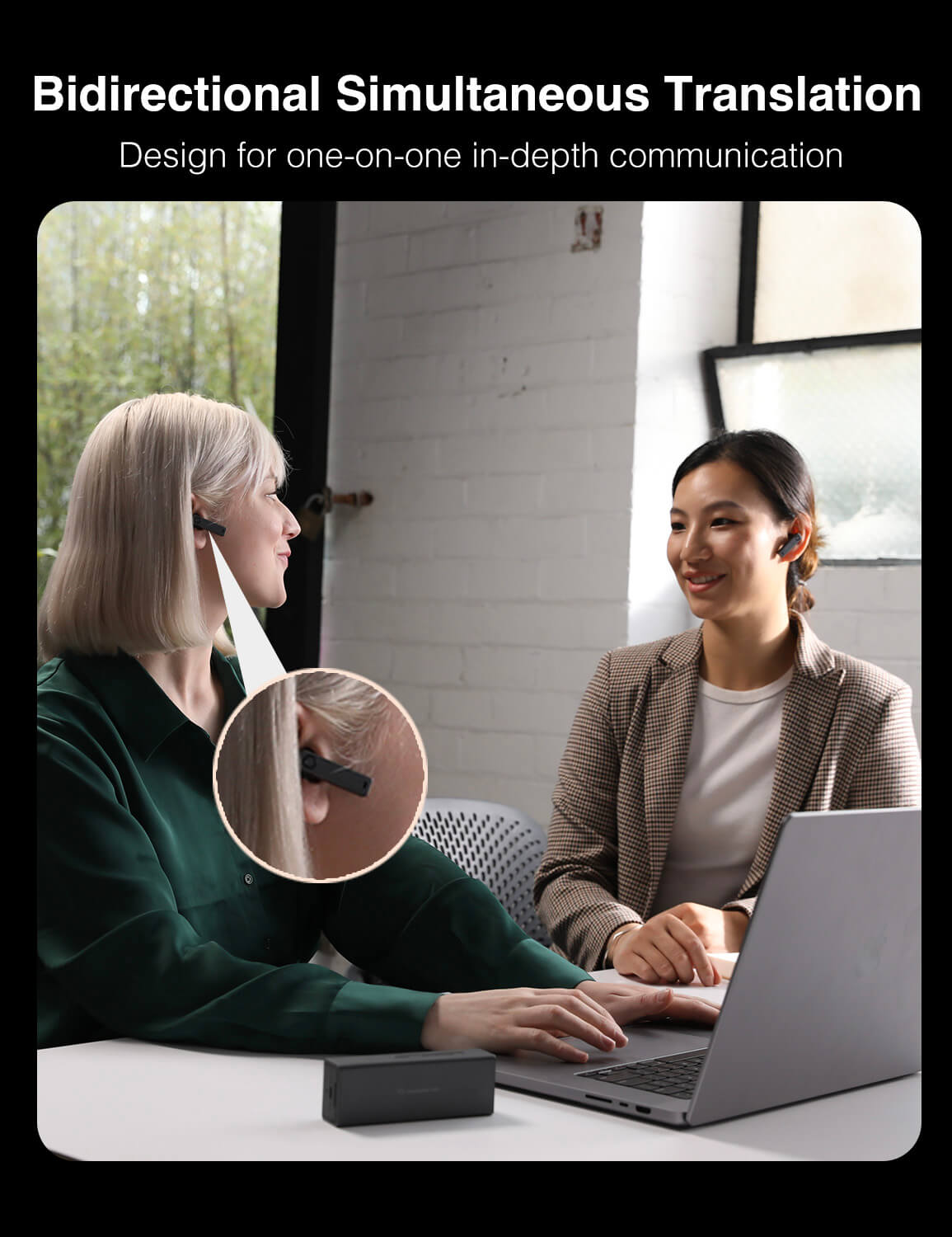
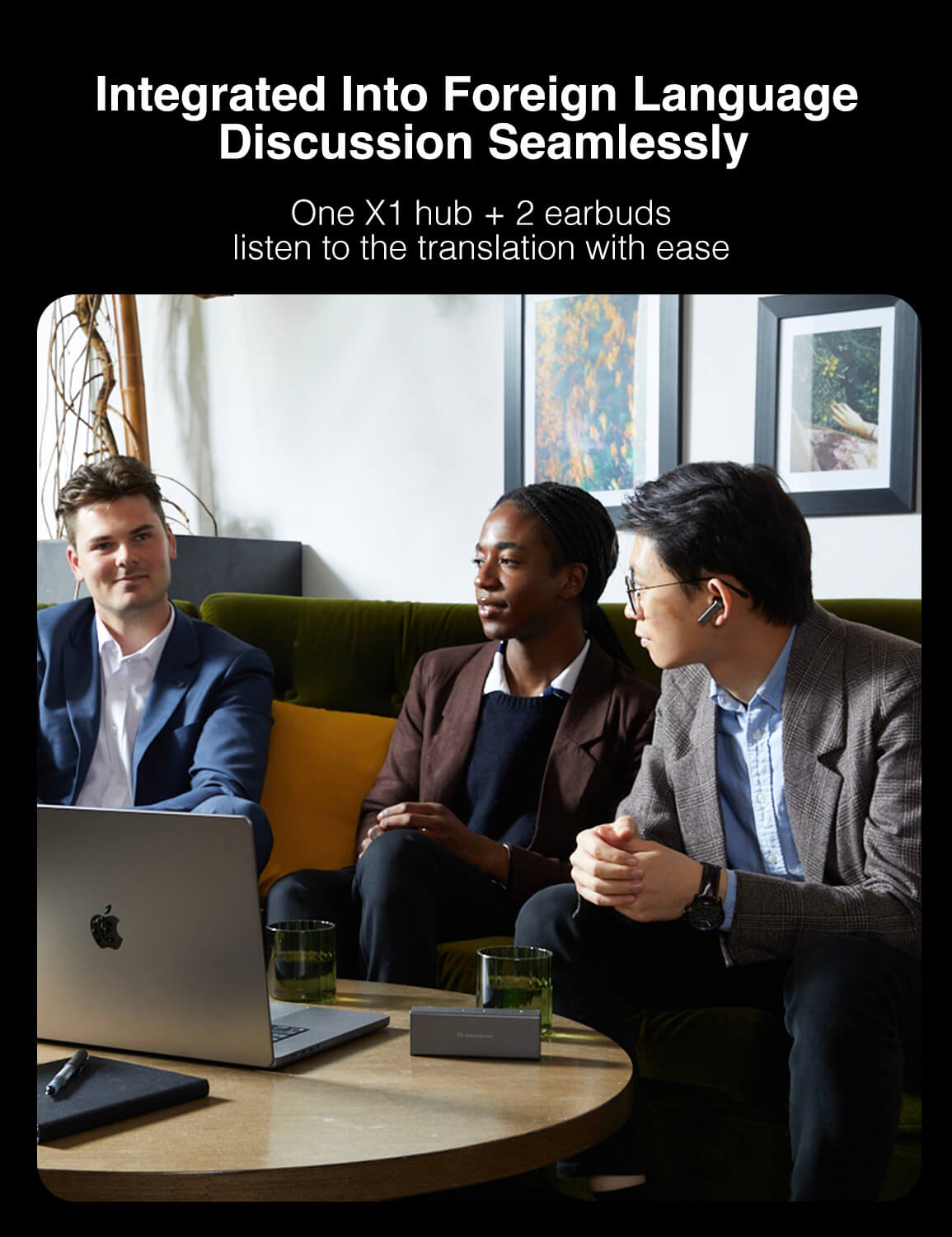
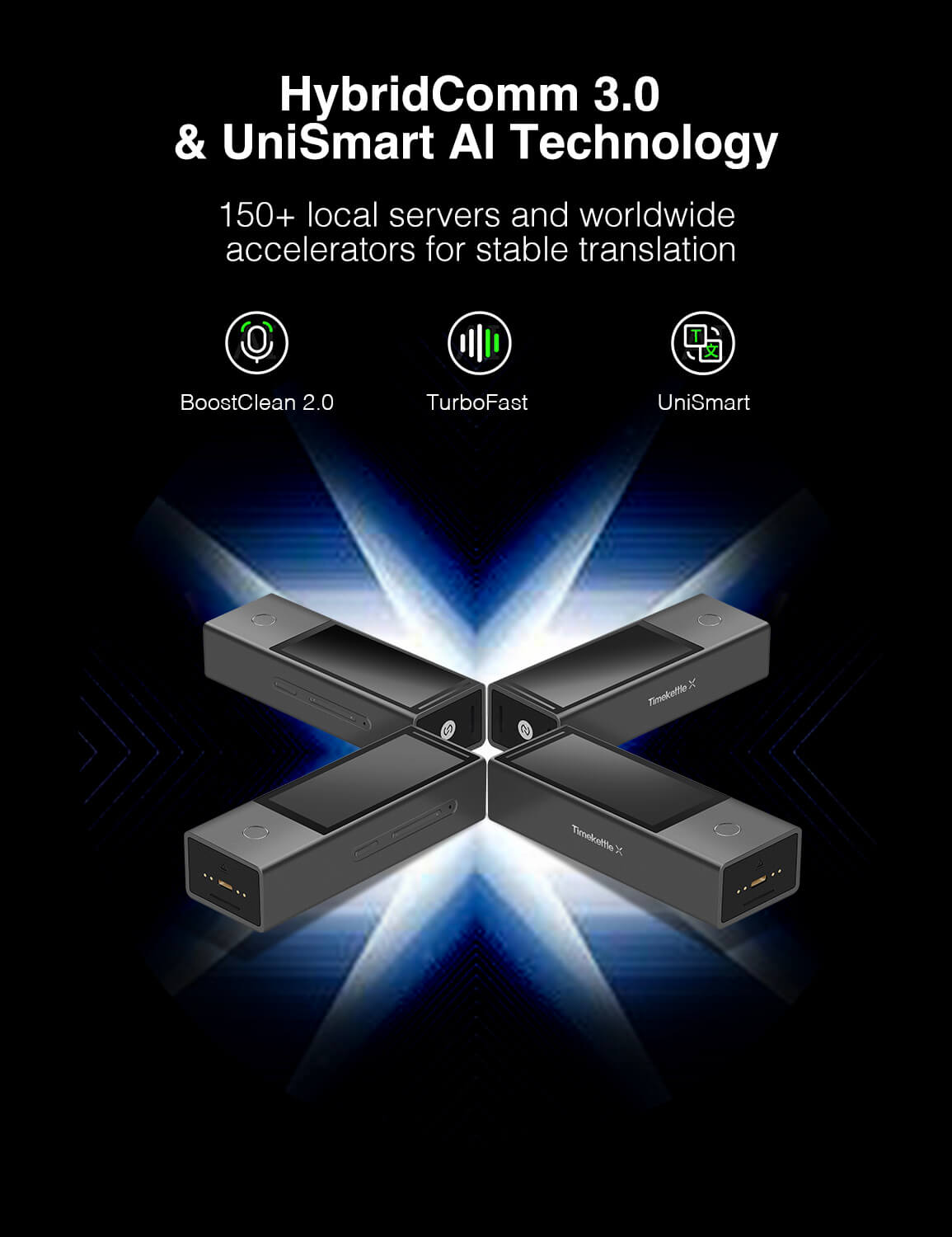
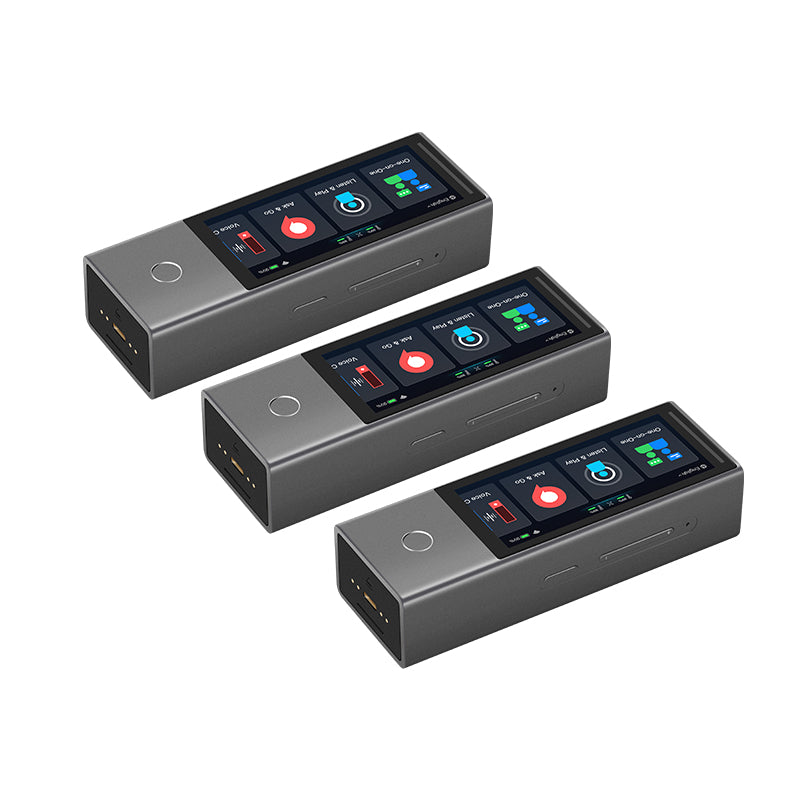
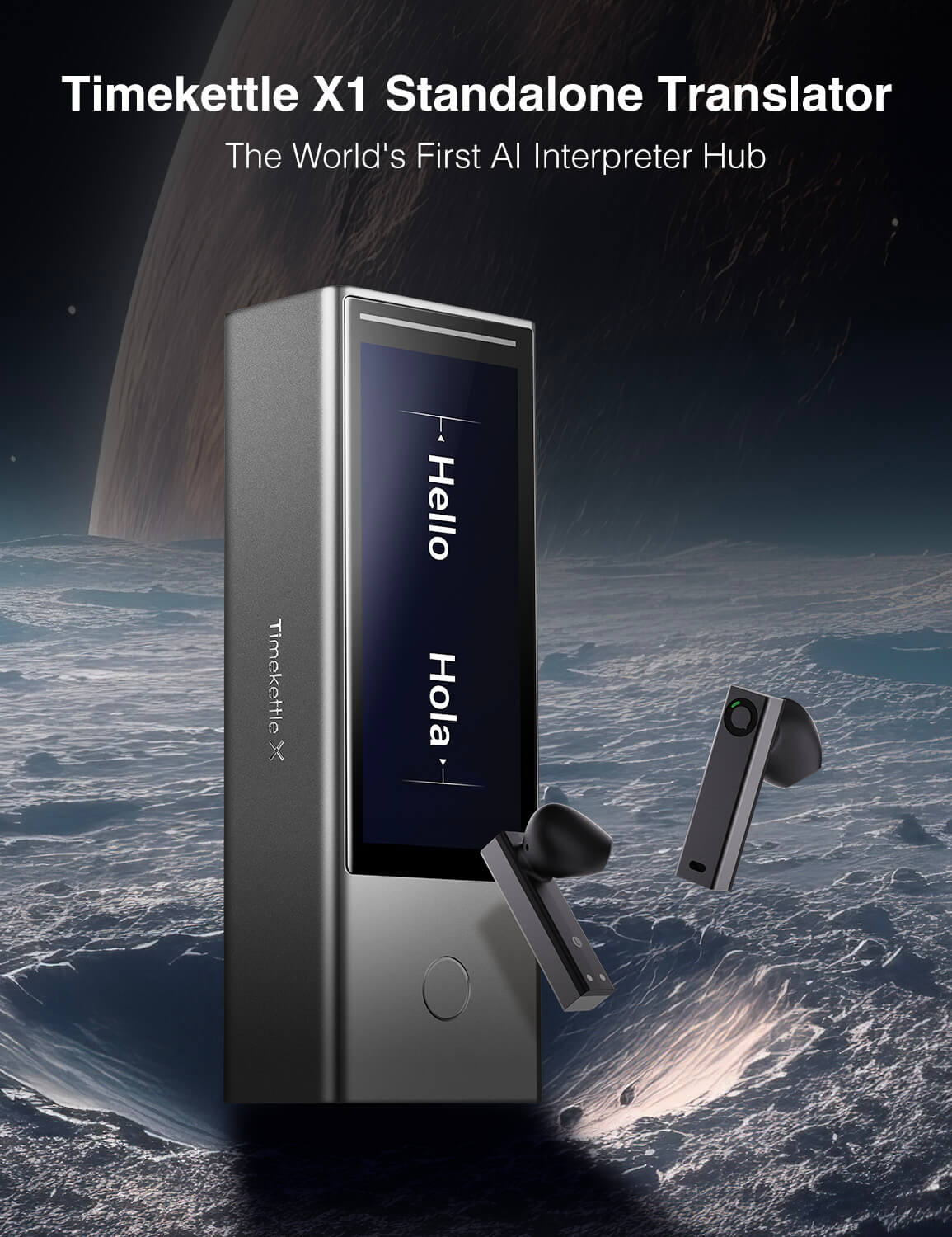
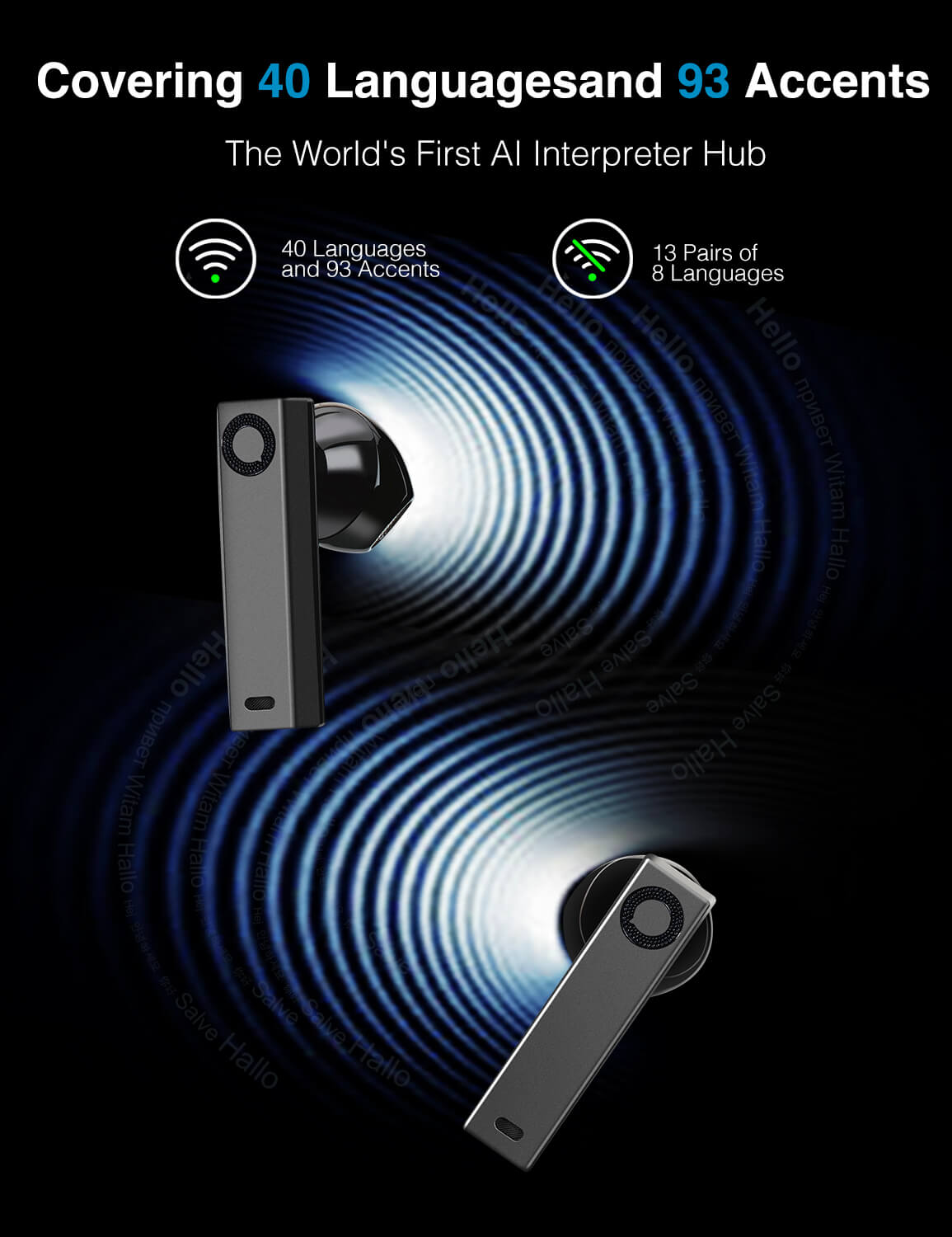
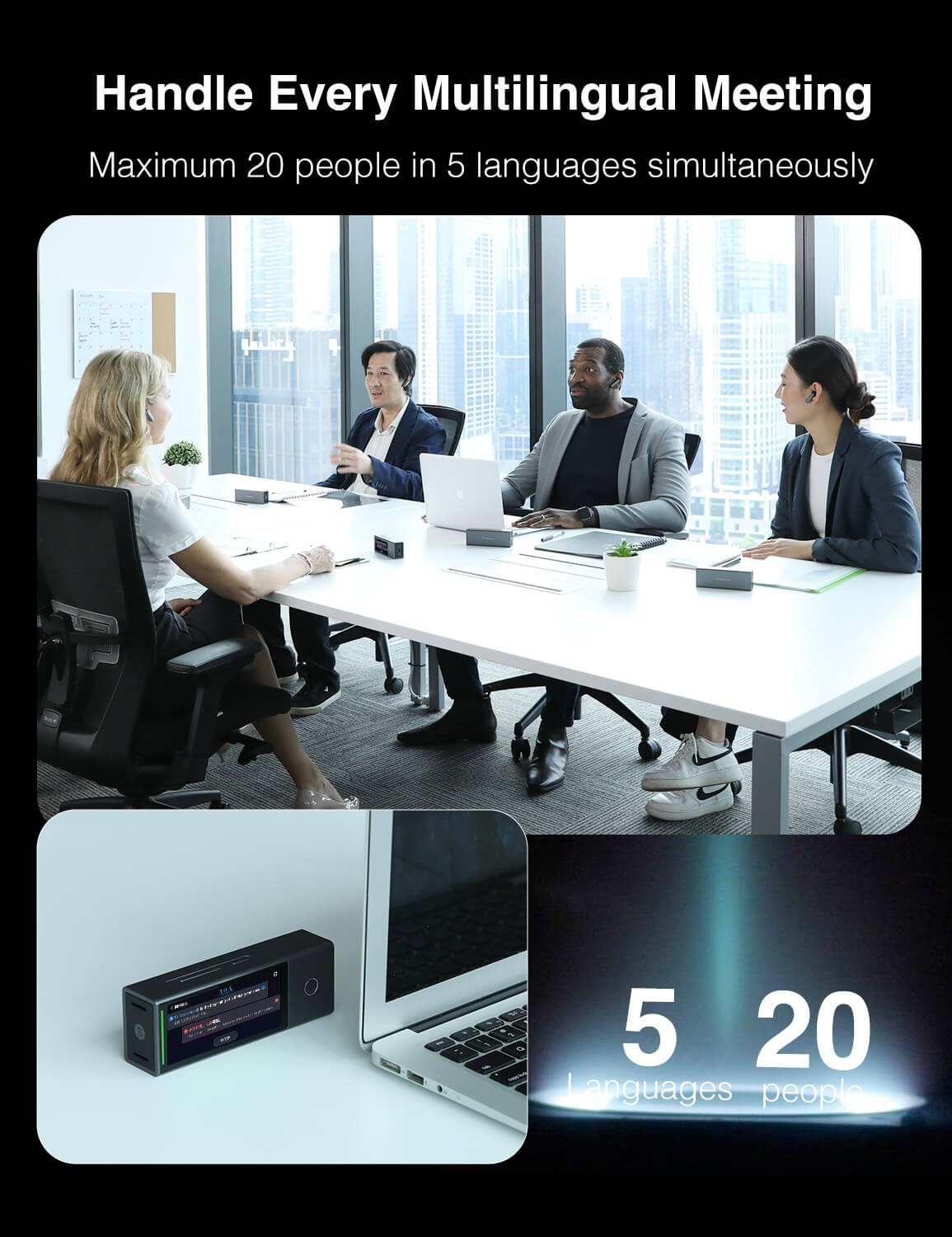


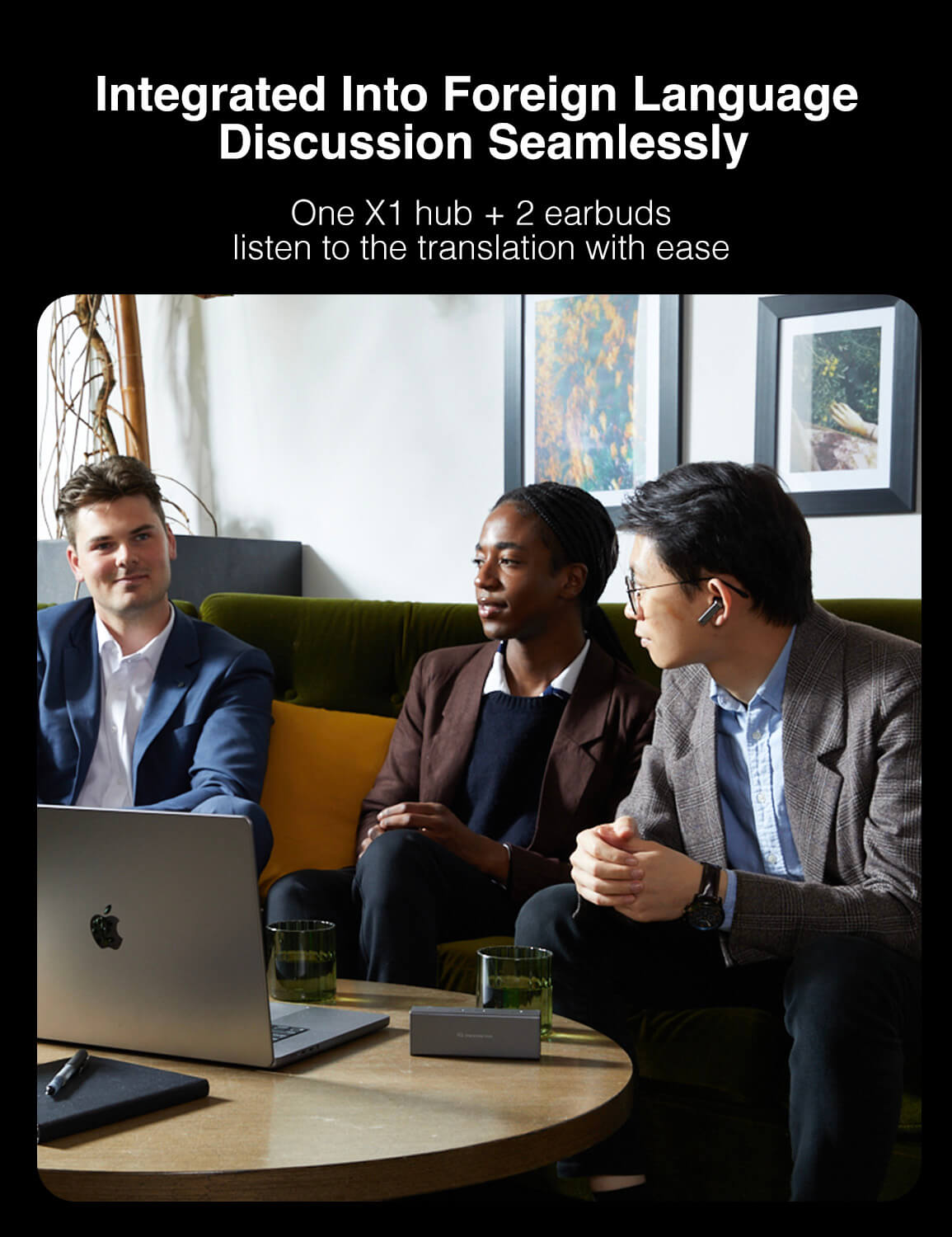
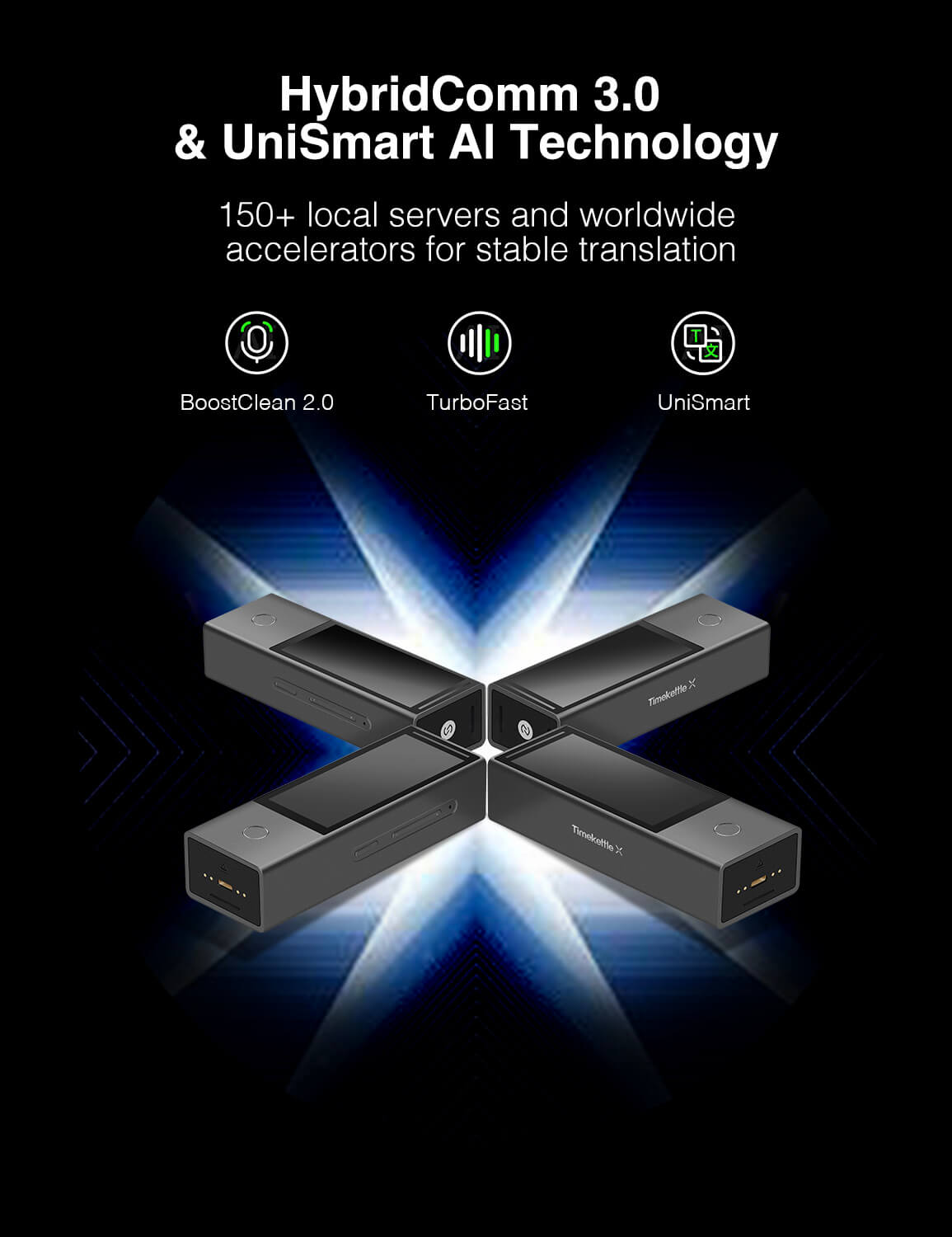
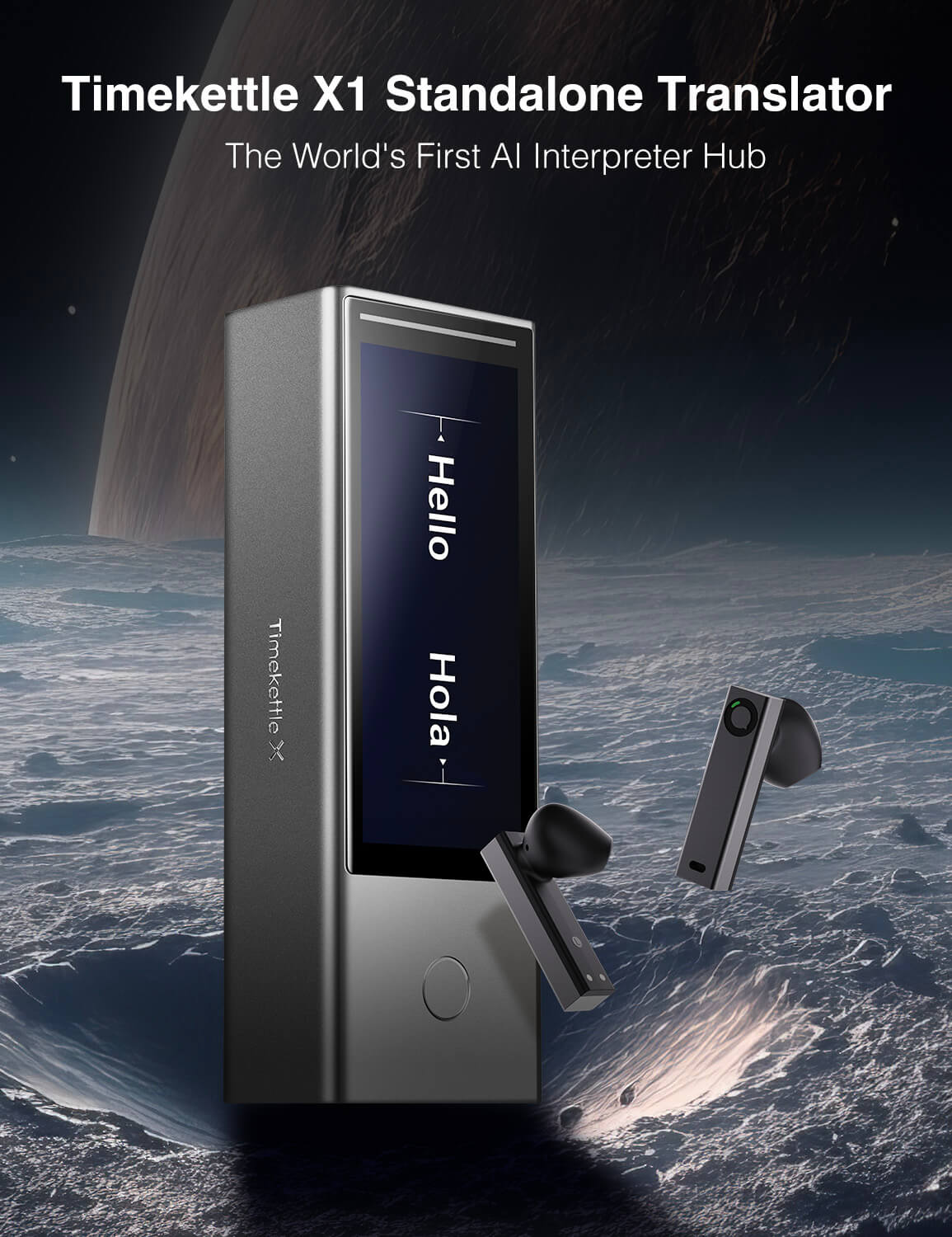
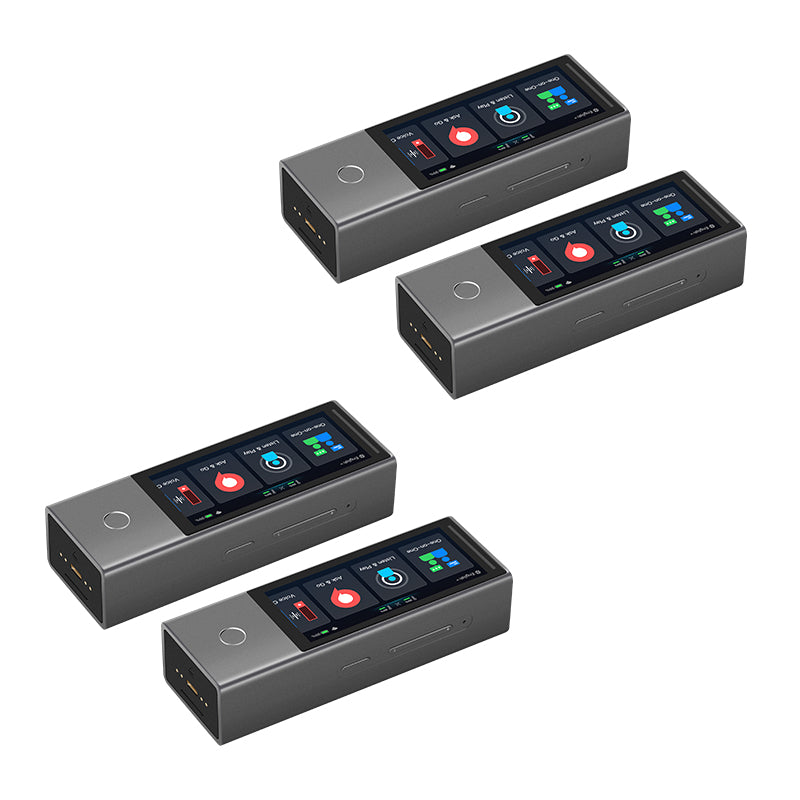
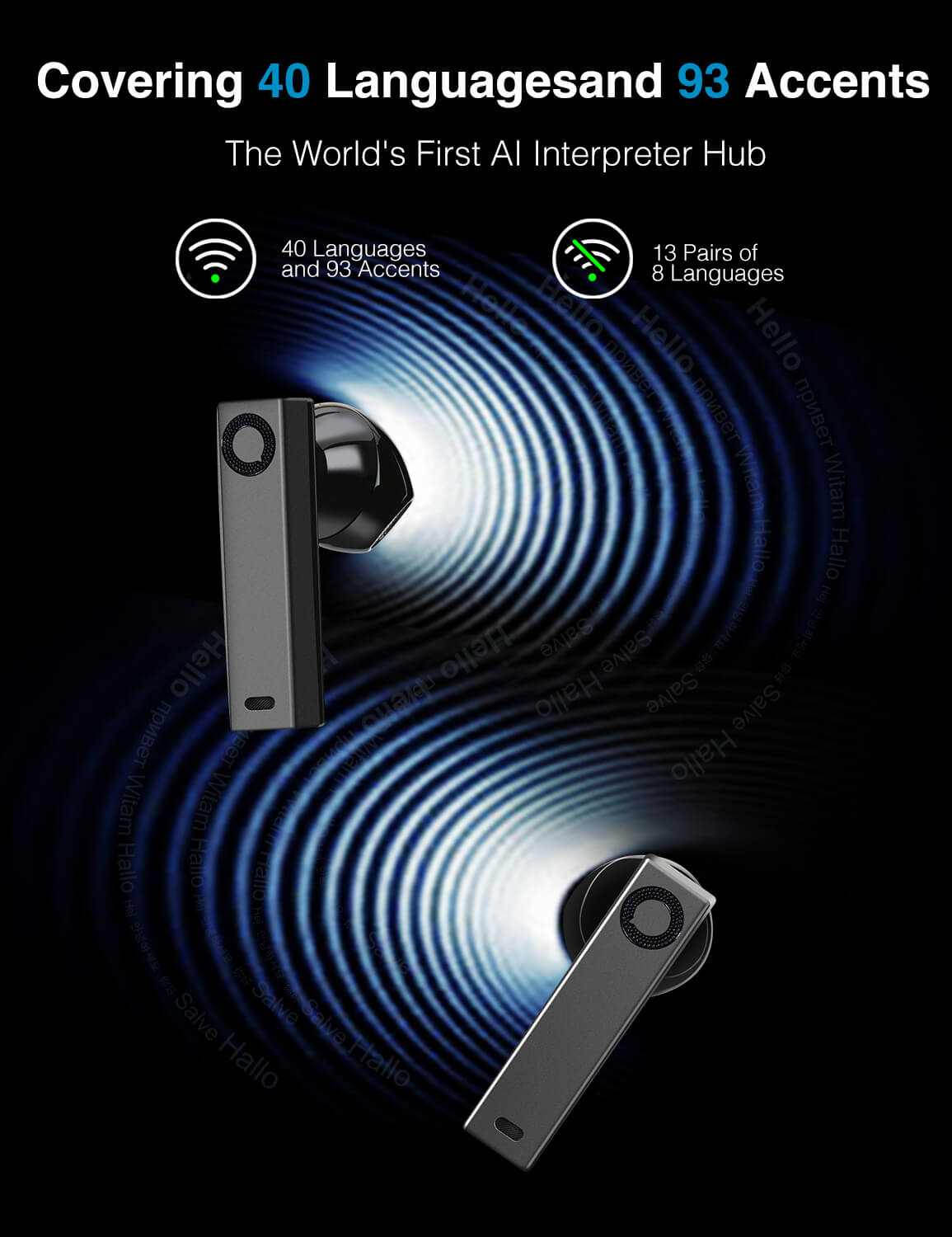
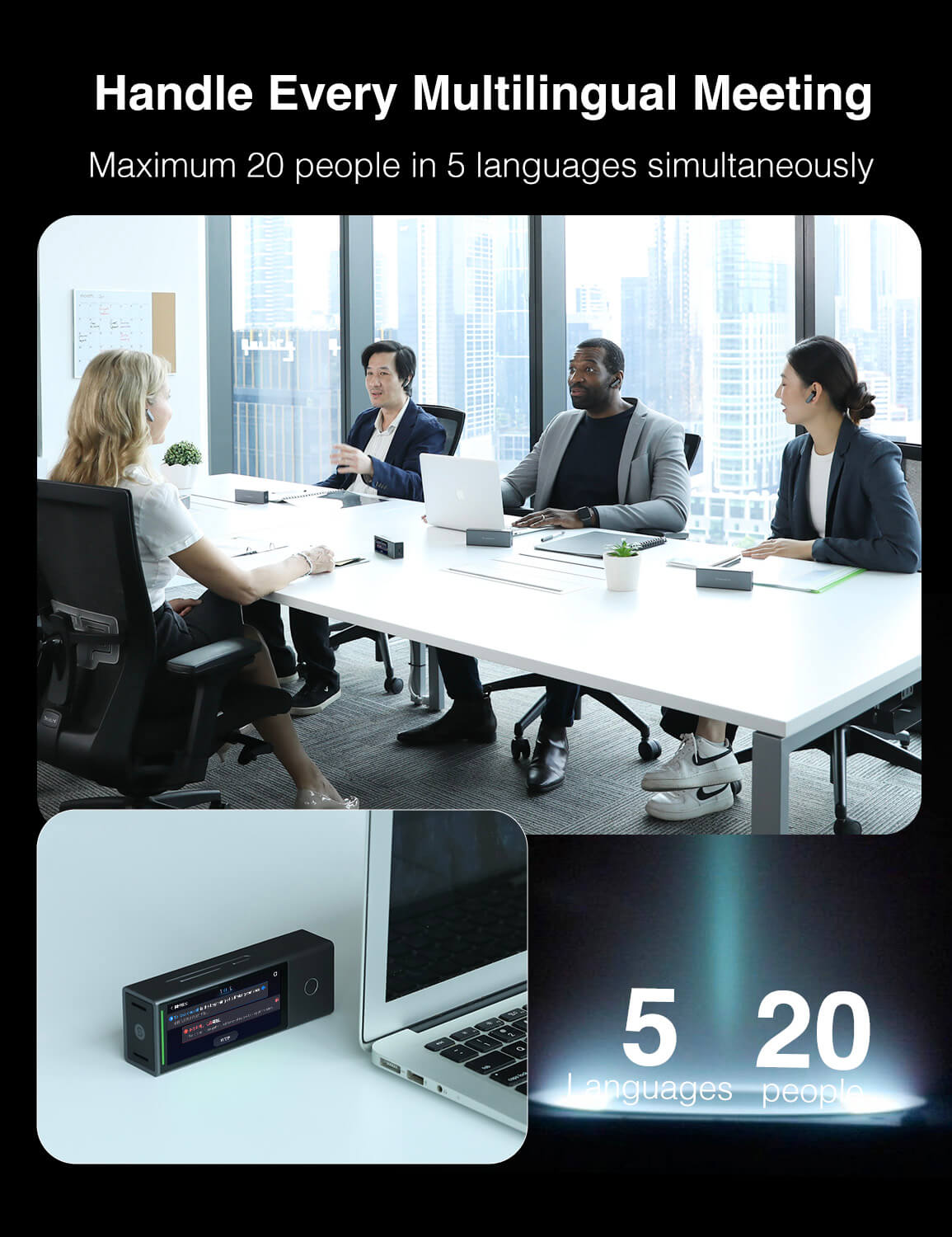



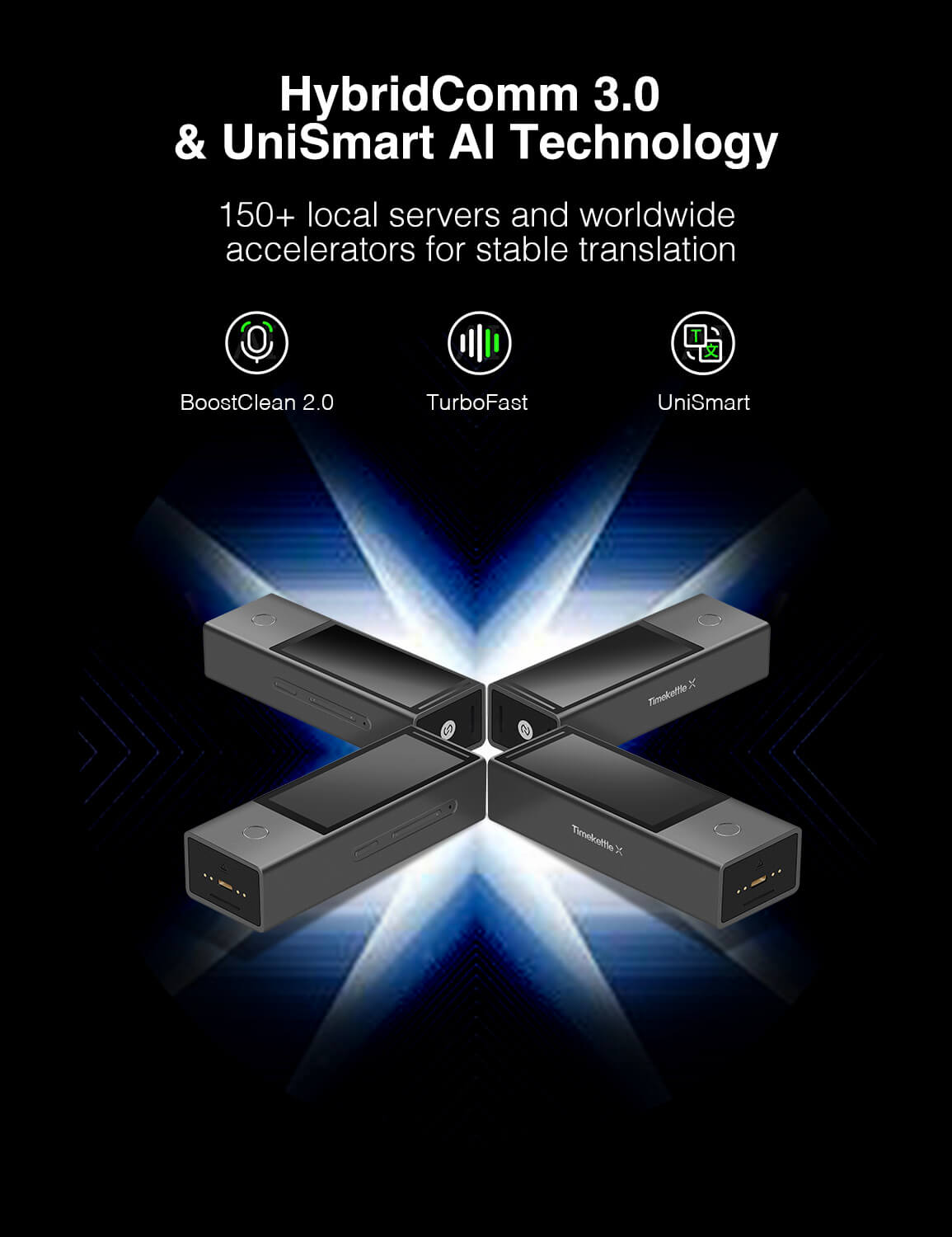
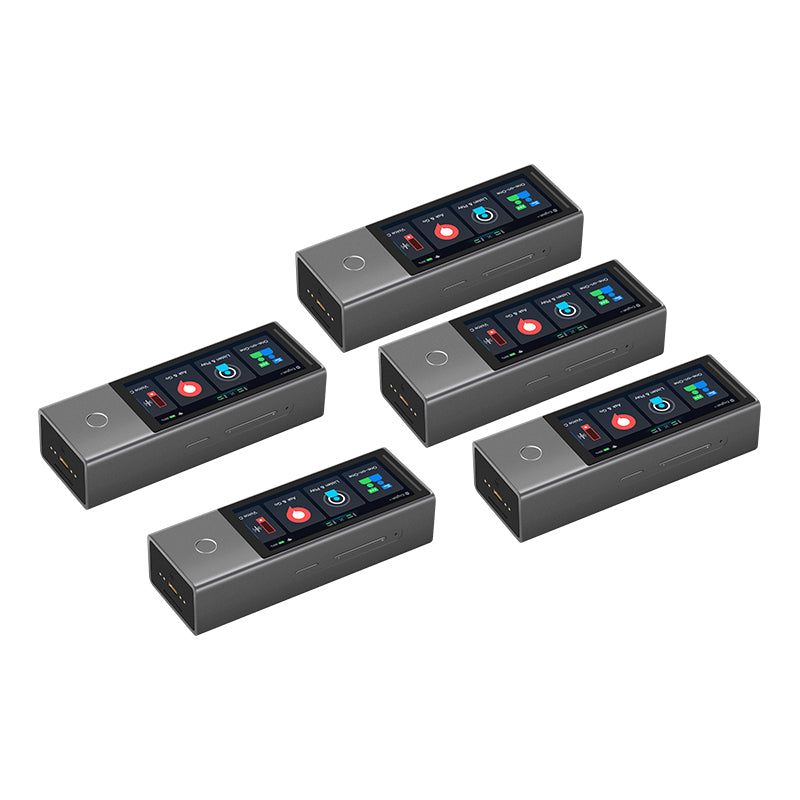

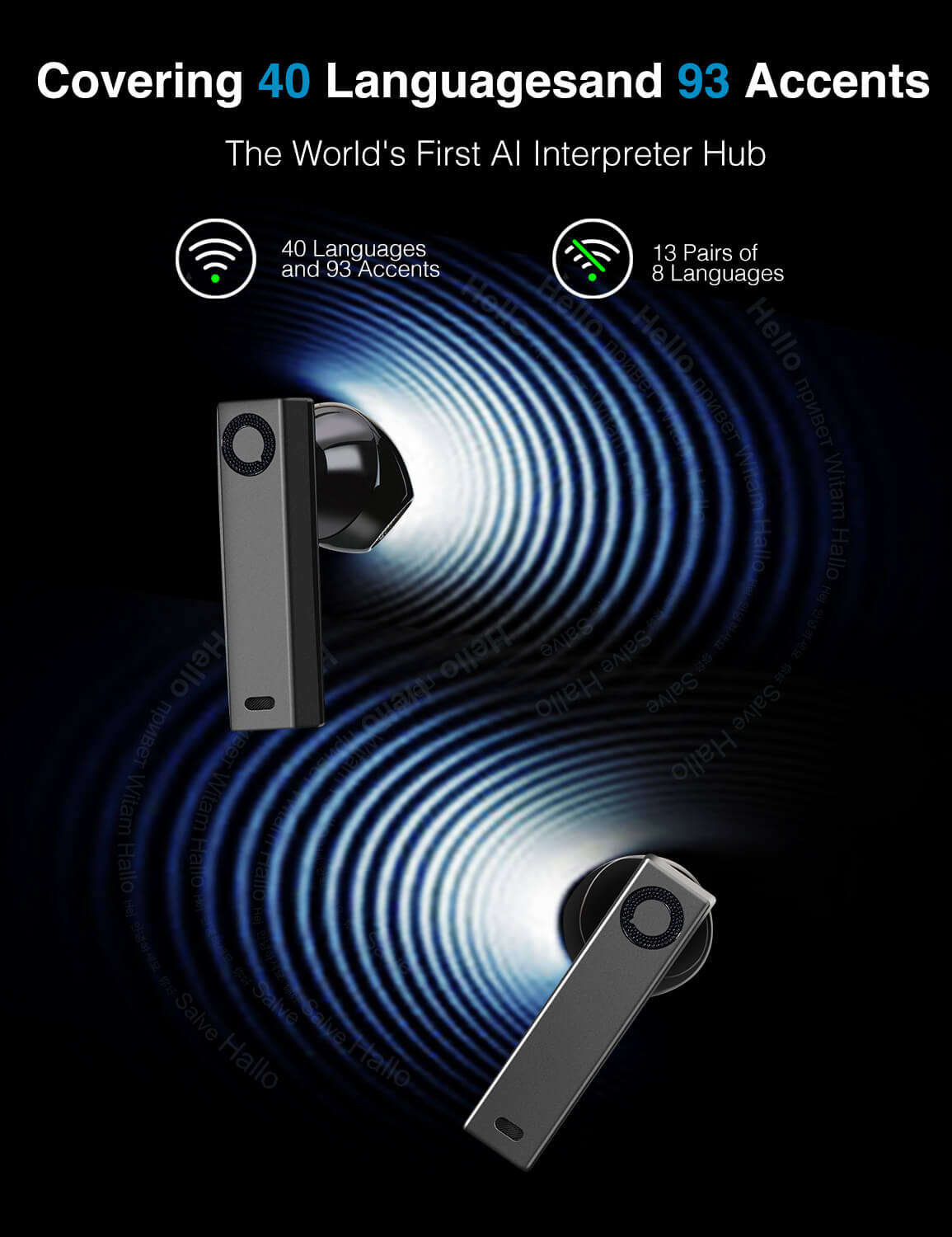
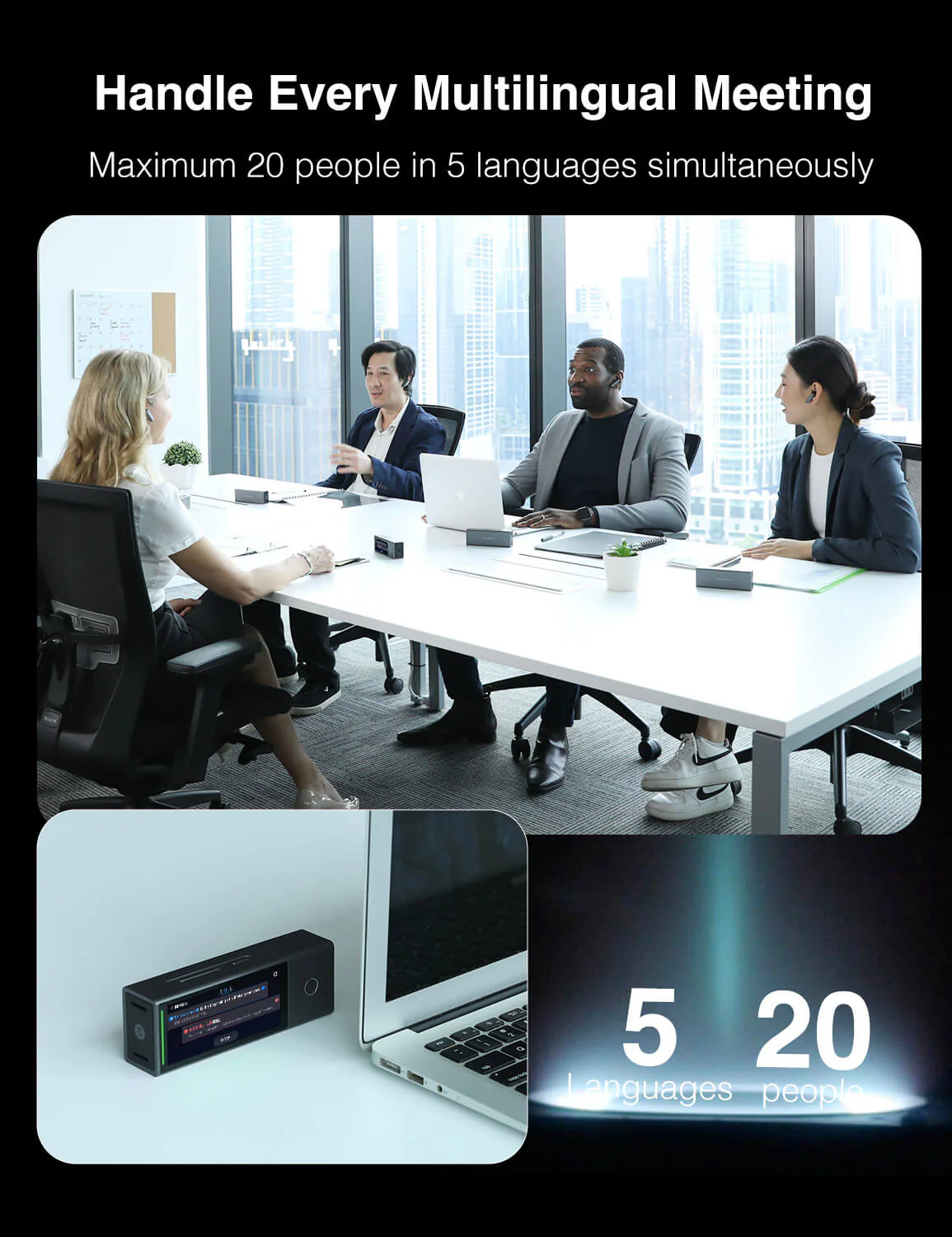
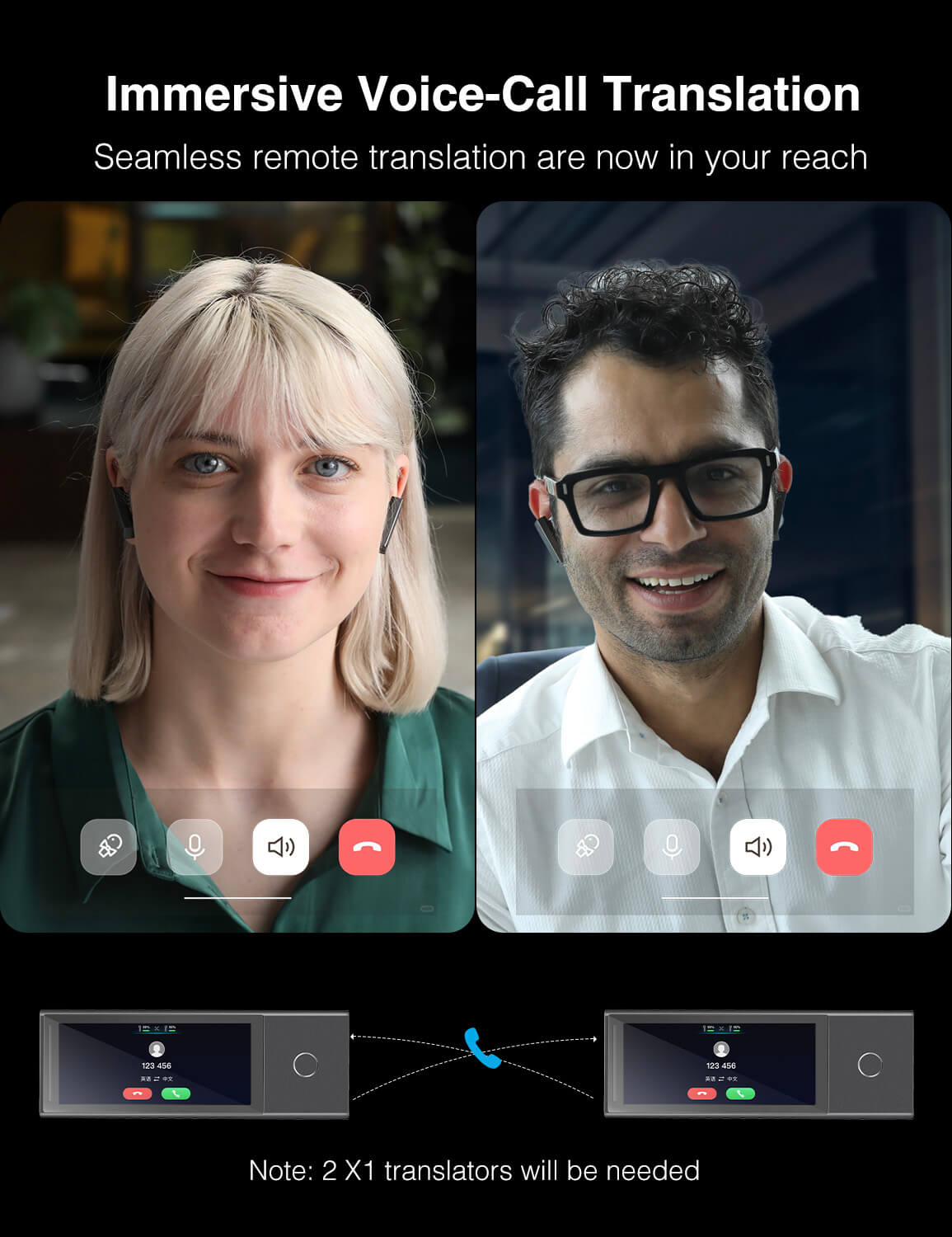
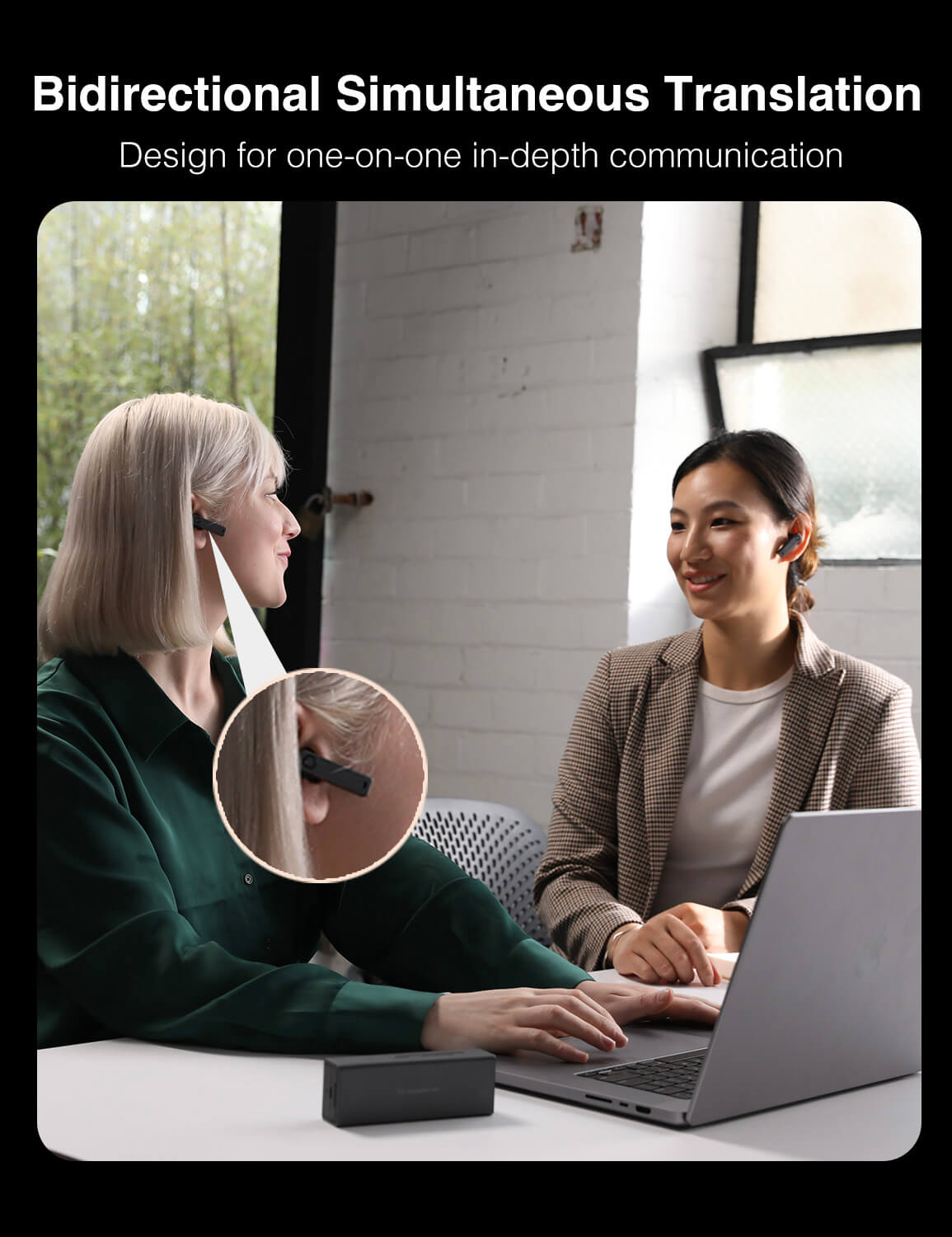

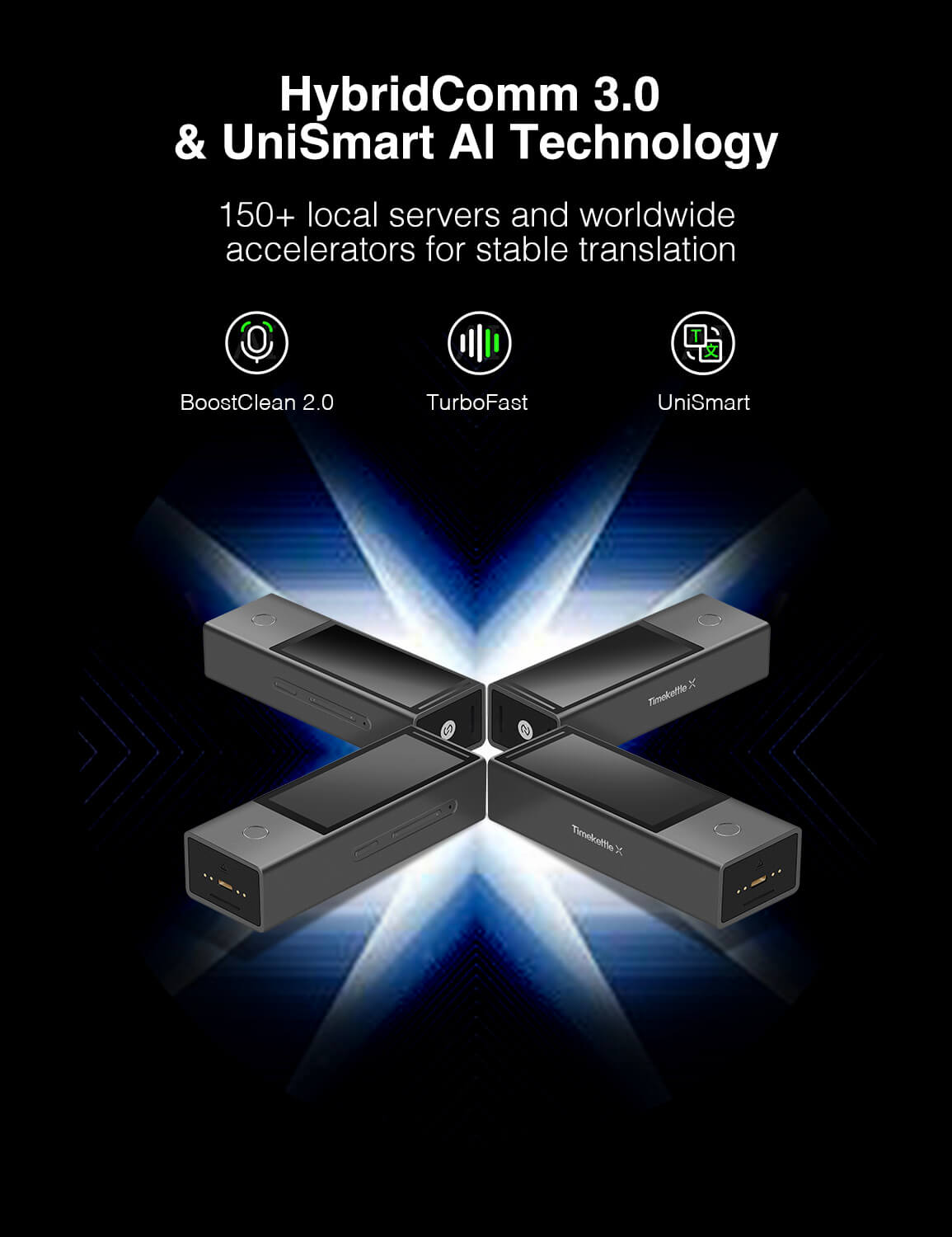



Leave a comment
All comments are moderated before being published.
This site is protected by hCaptcha and the hCaptcha Privacy Policy and Terms of Service apply.